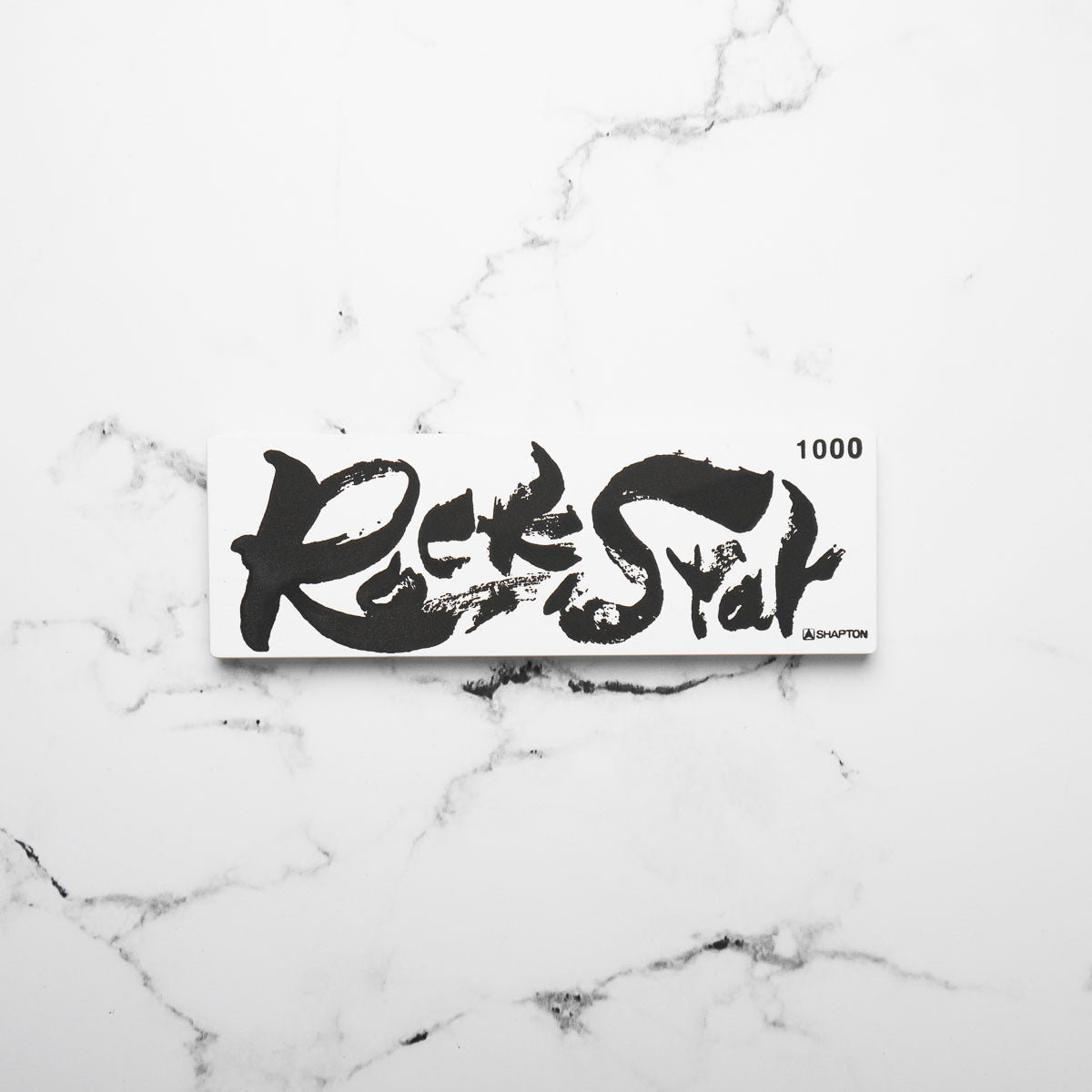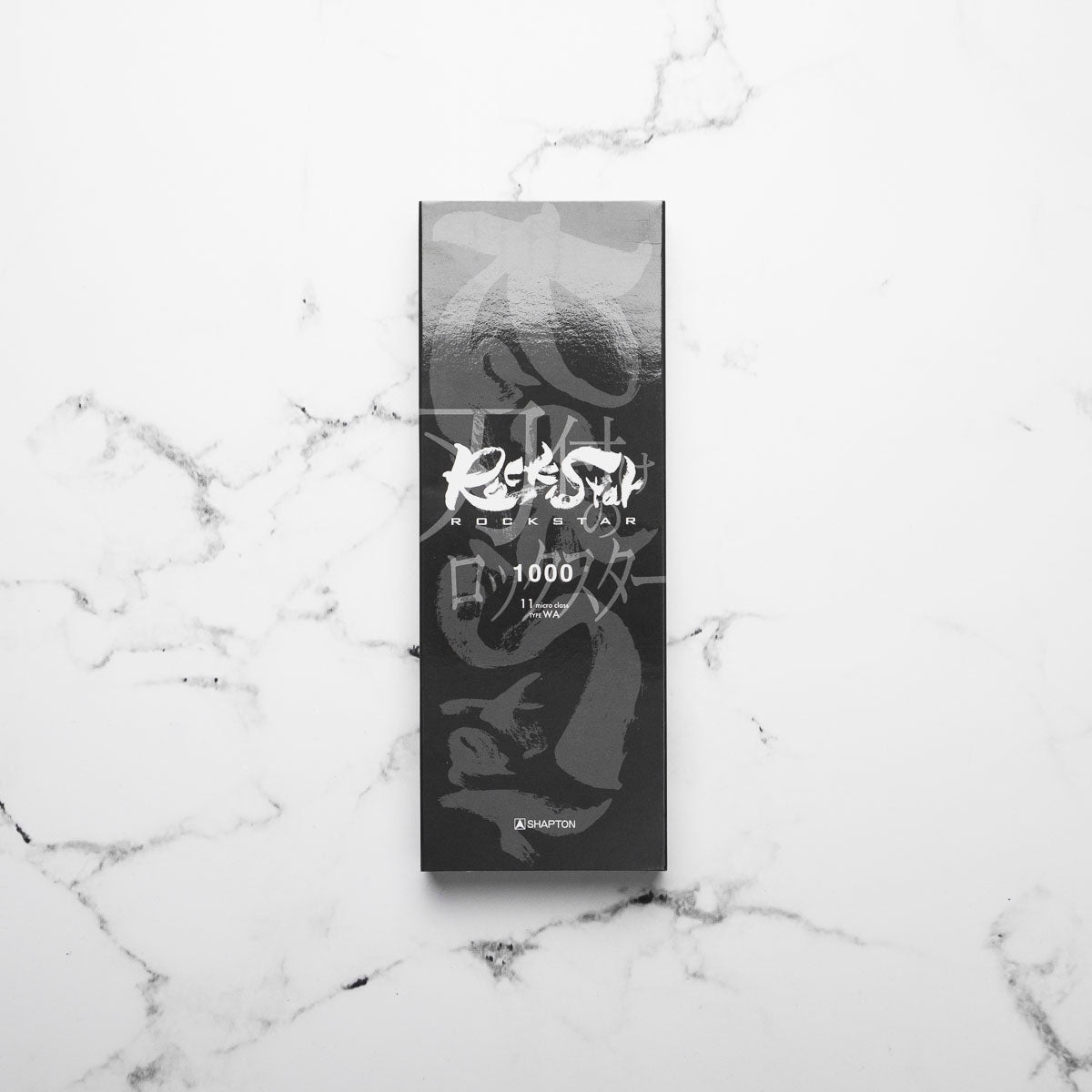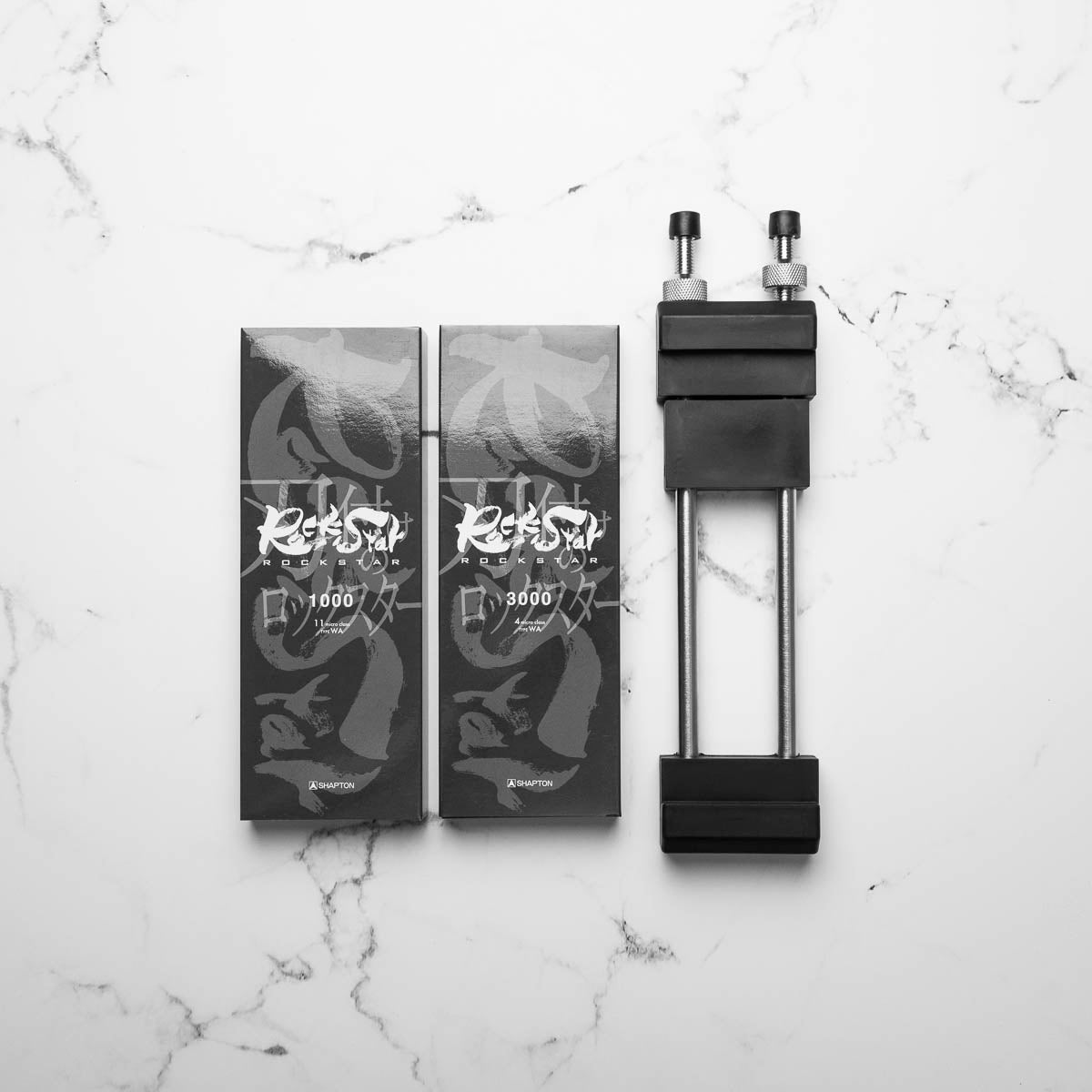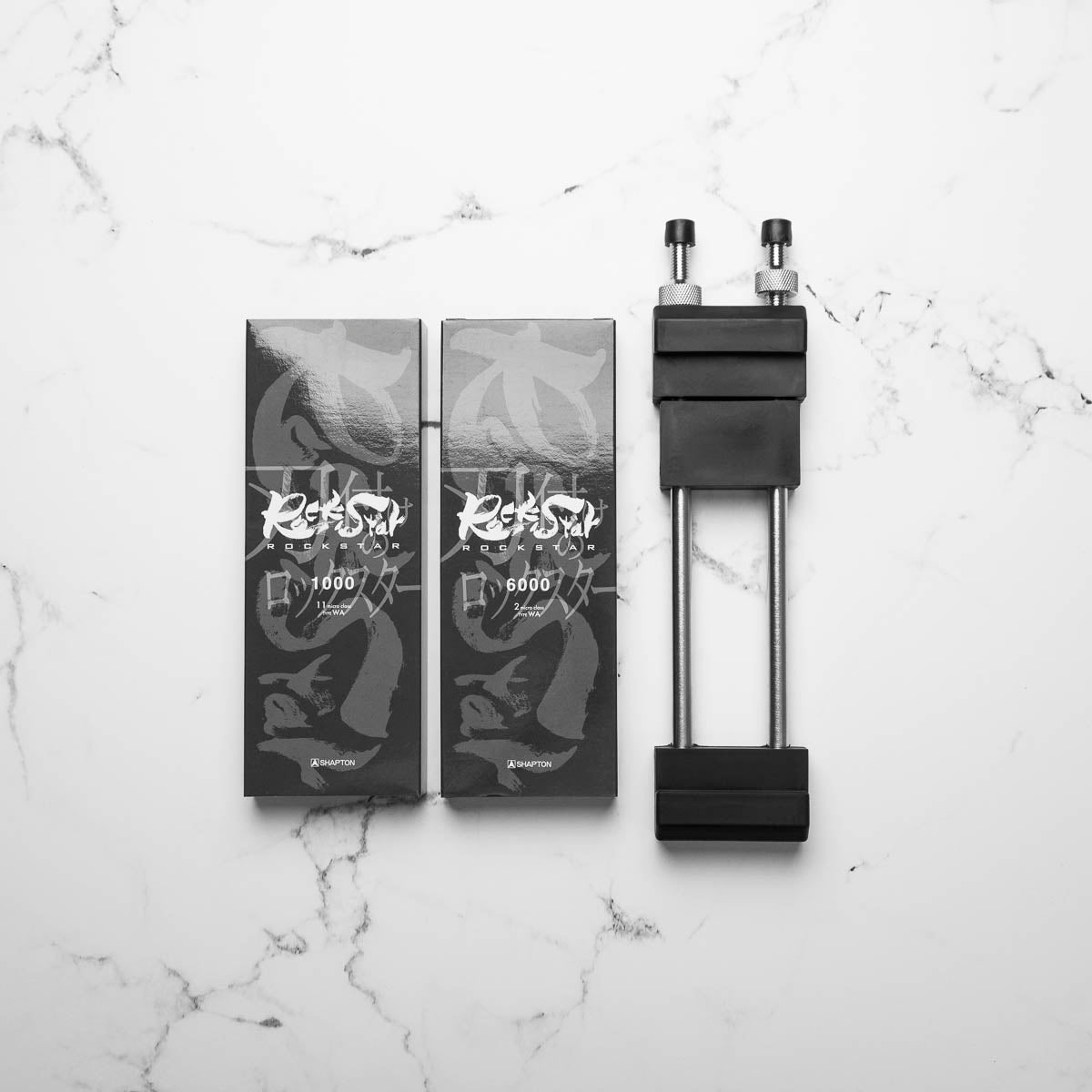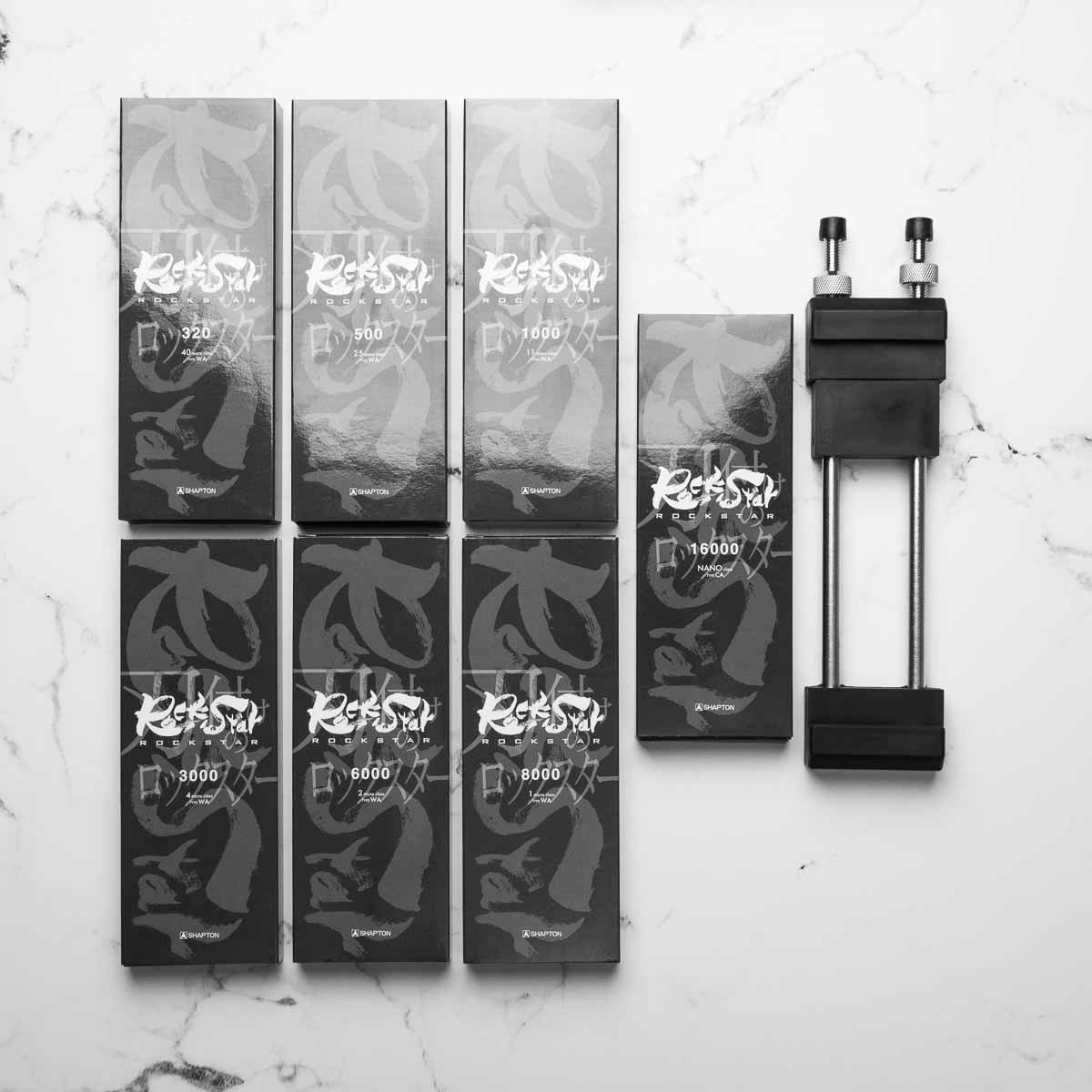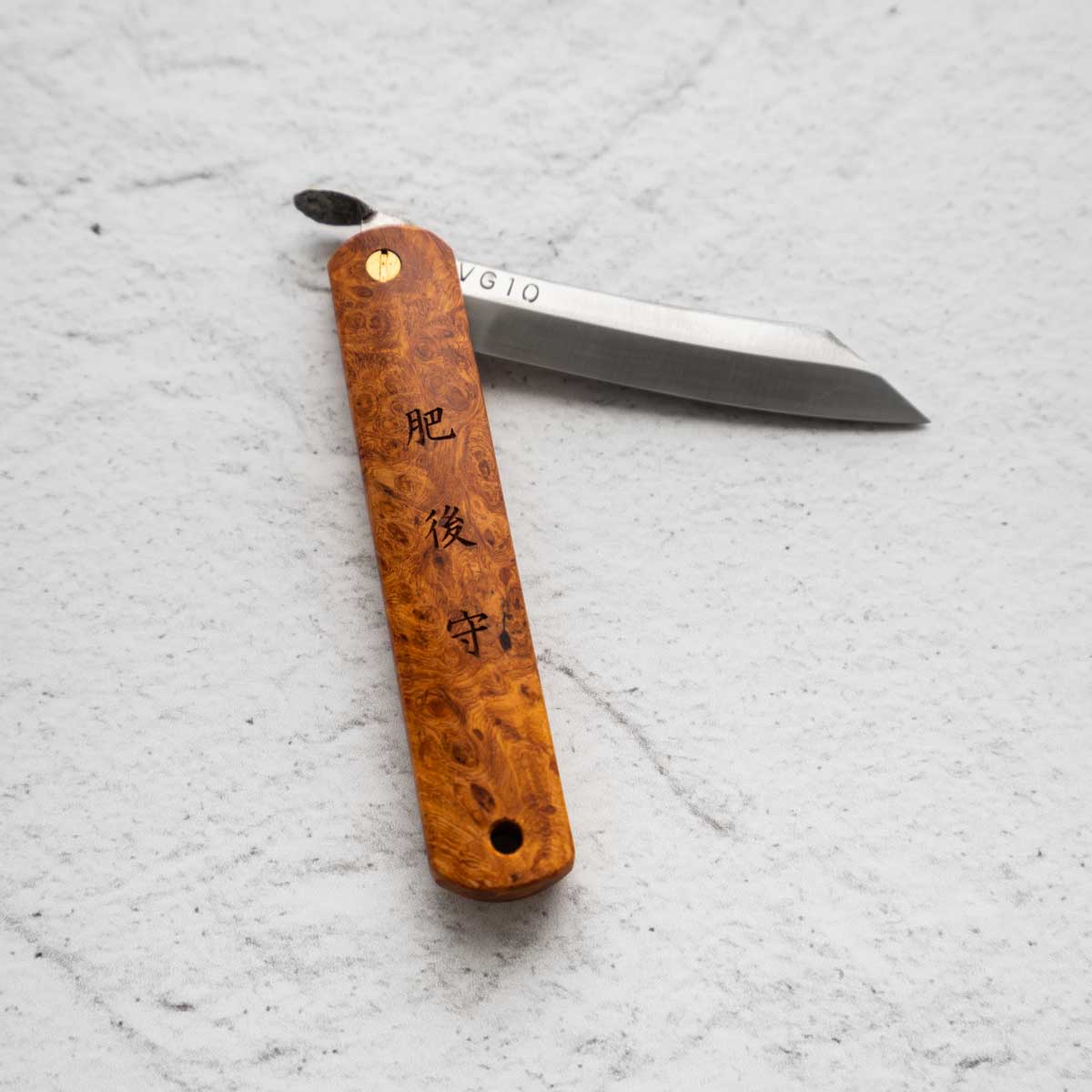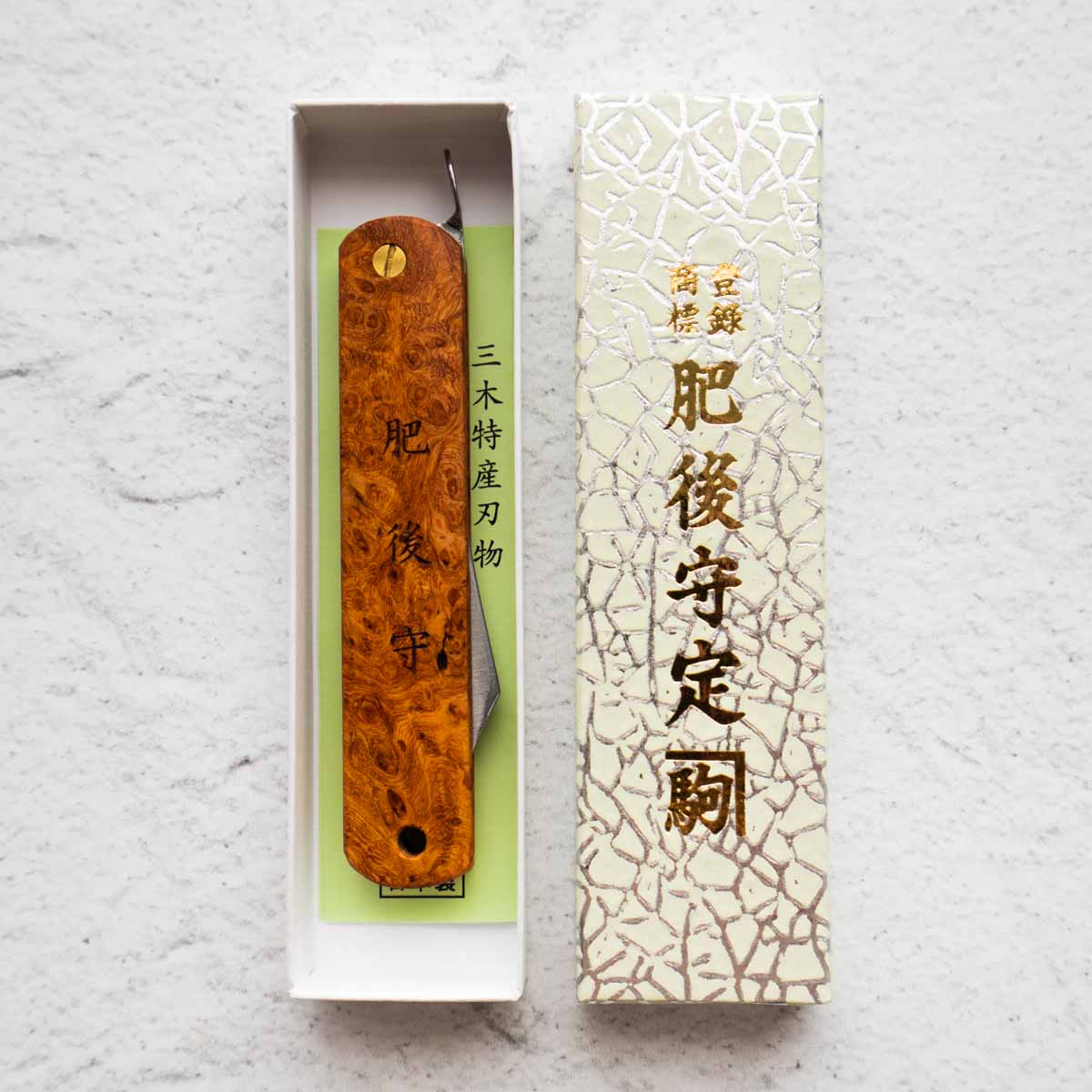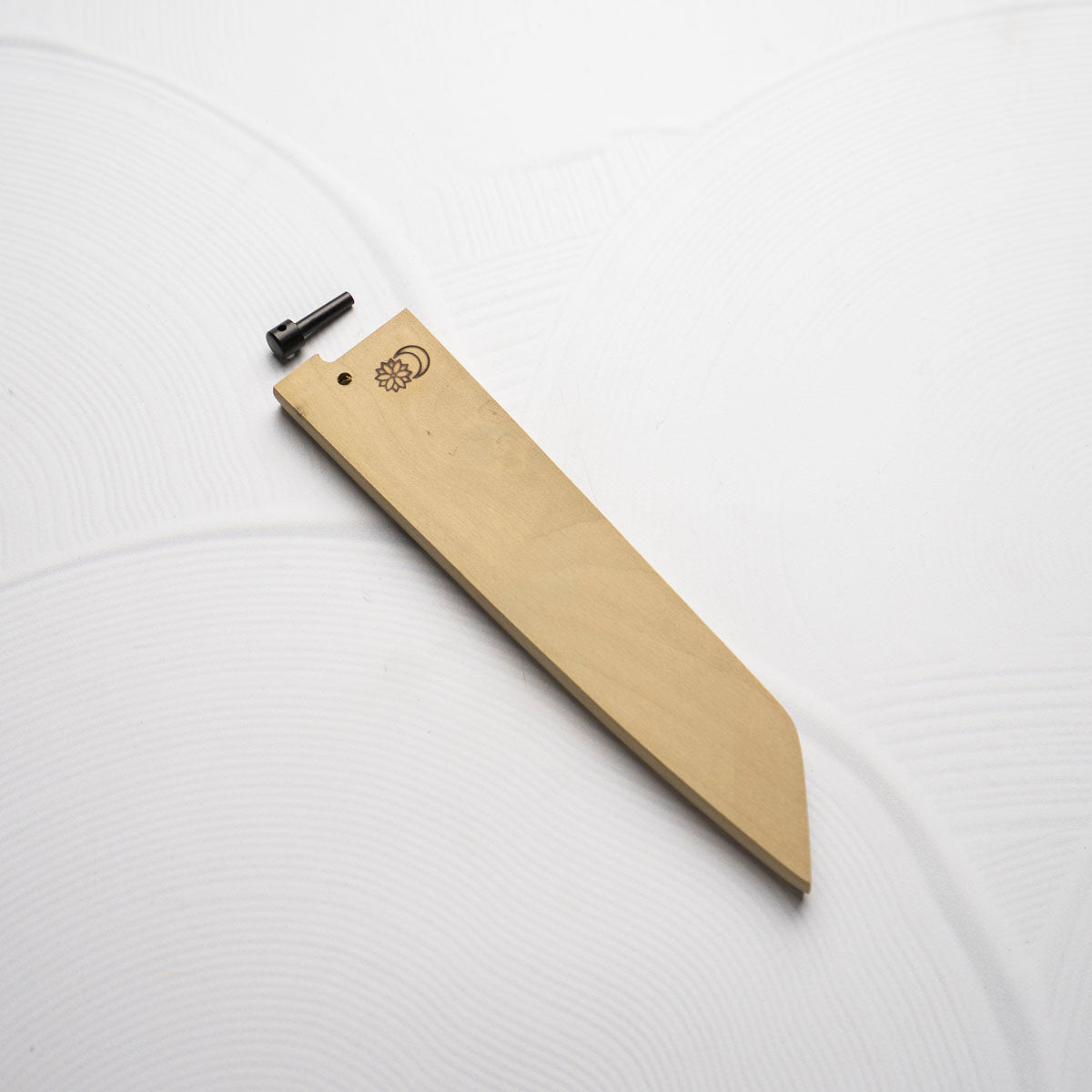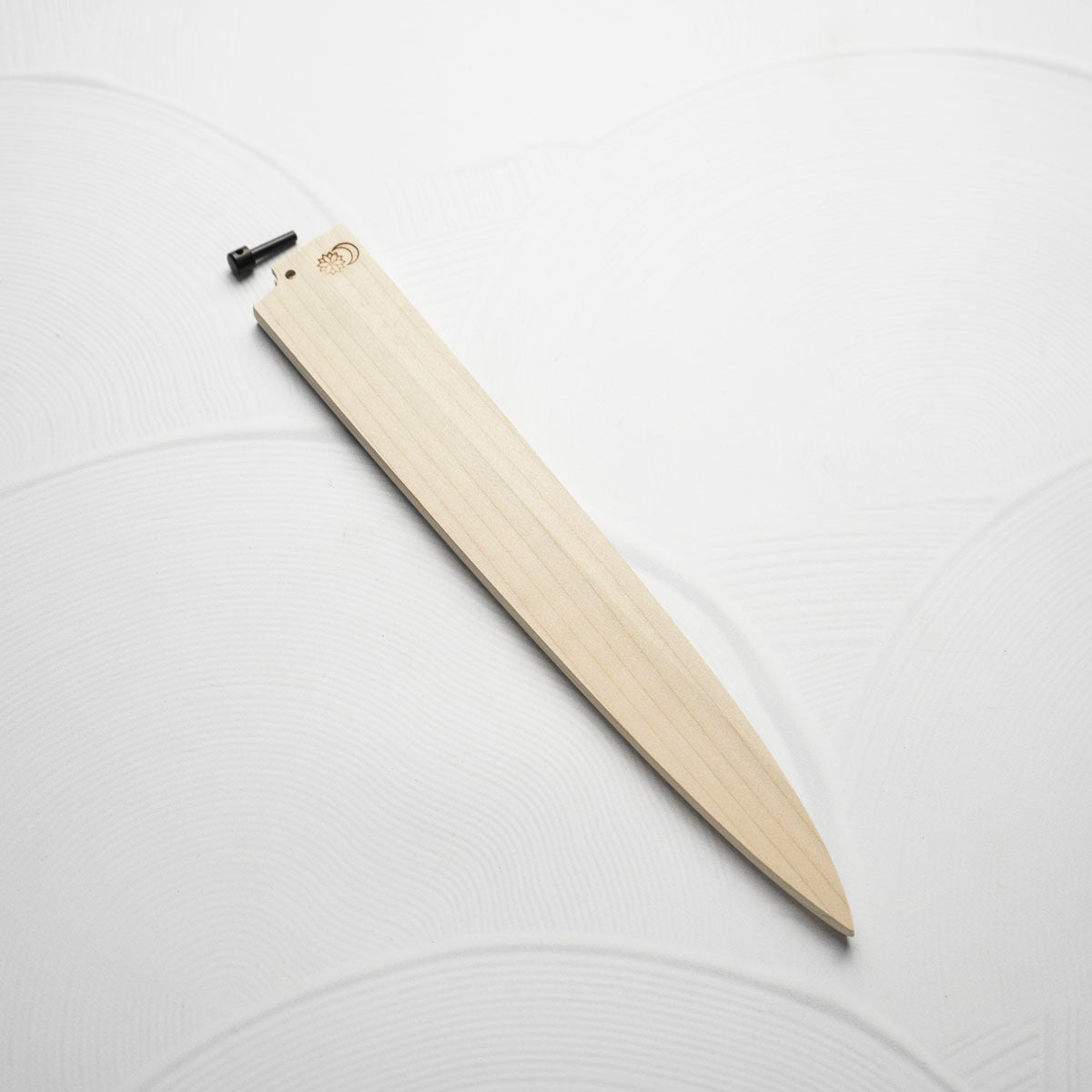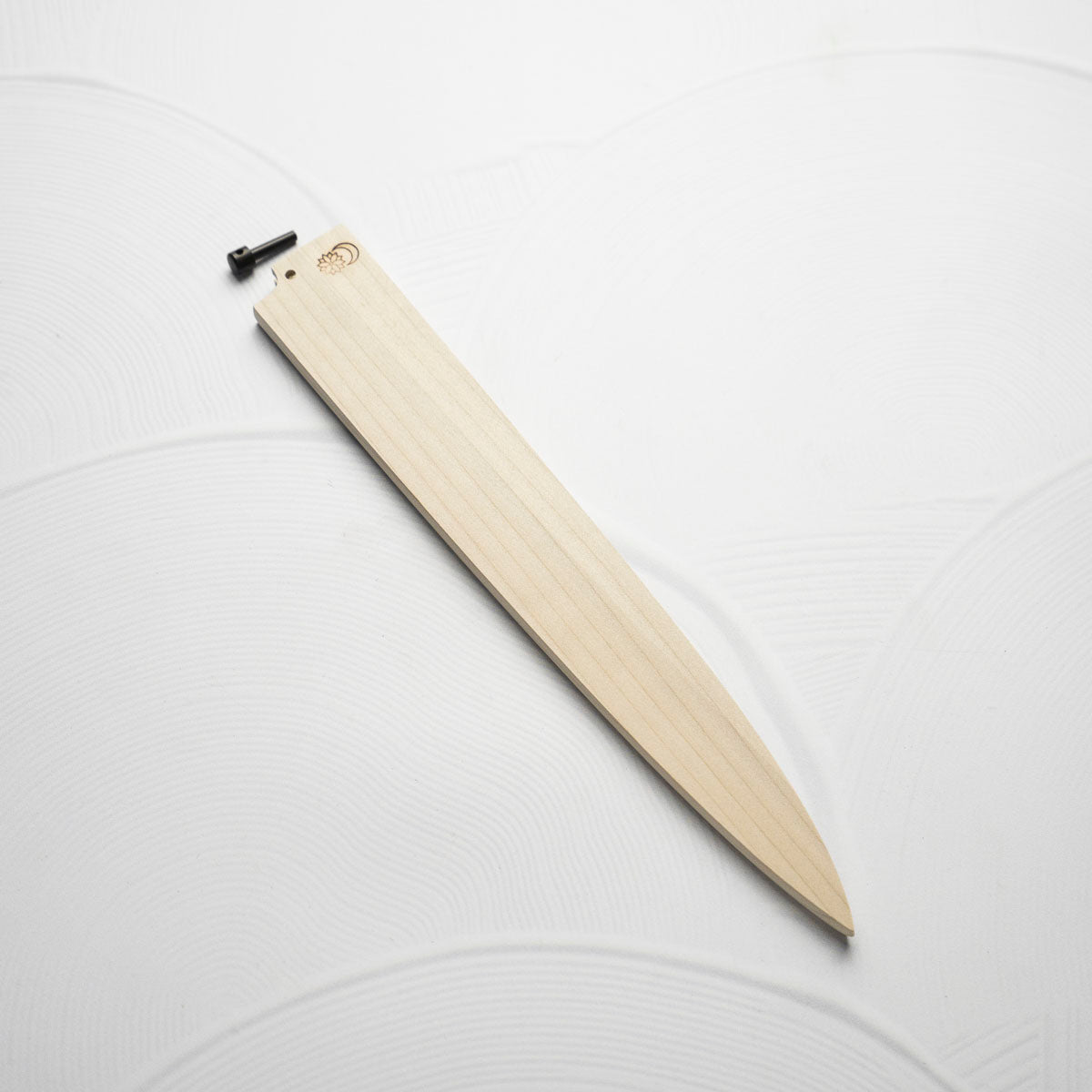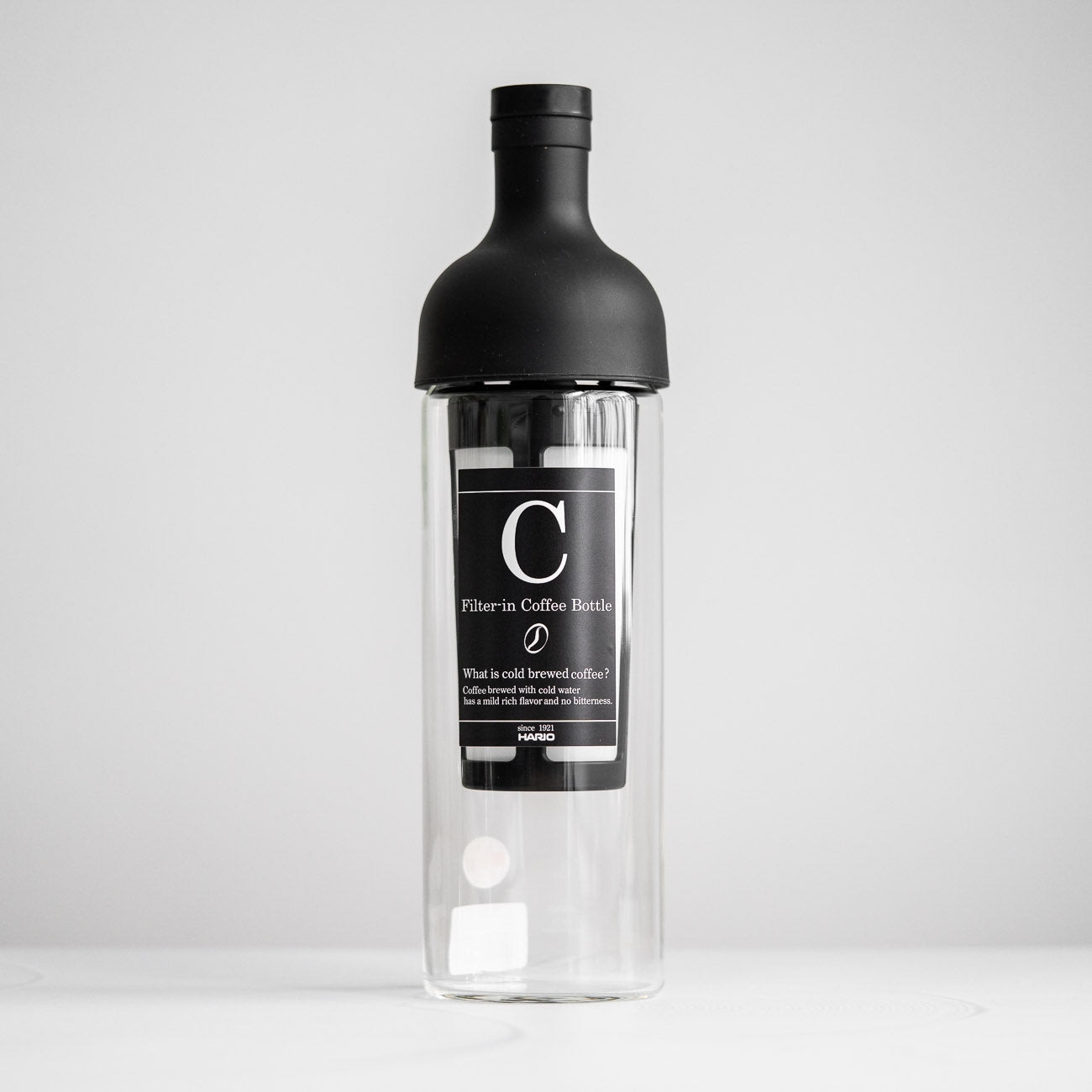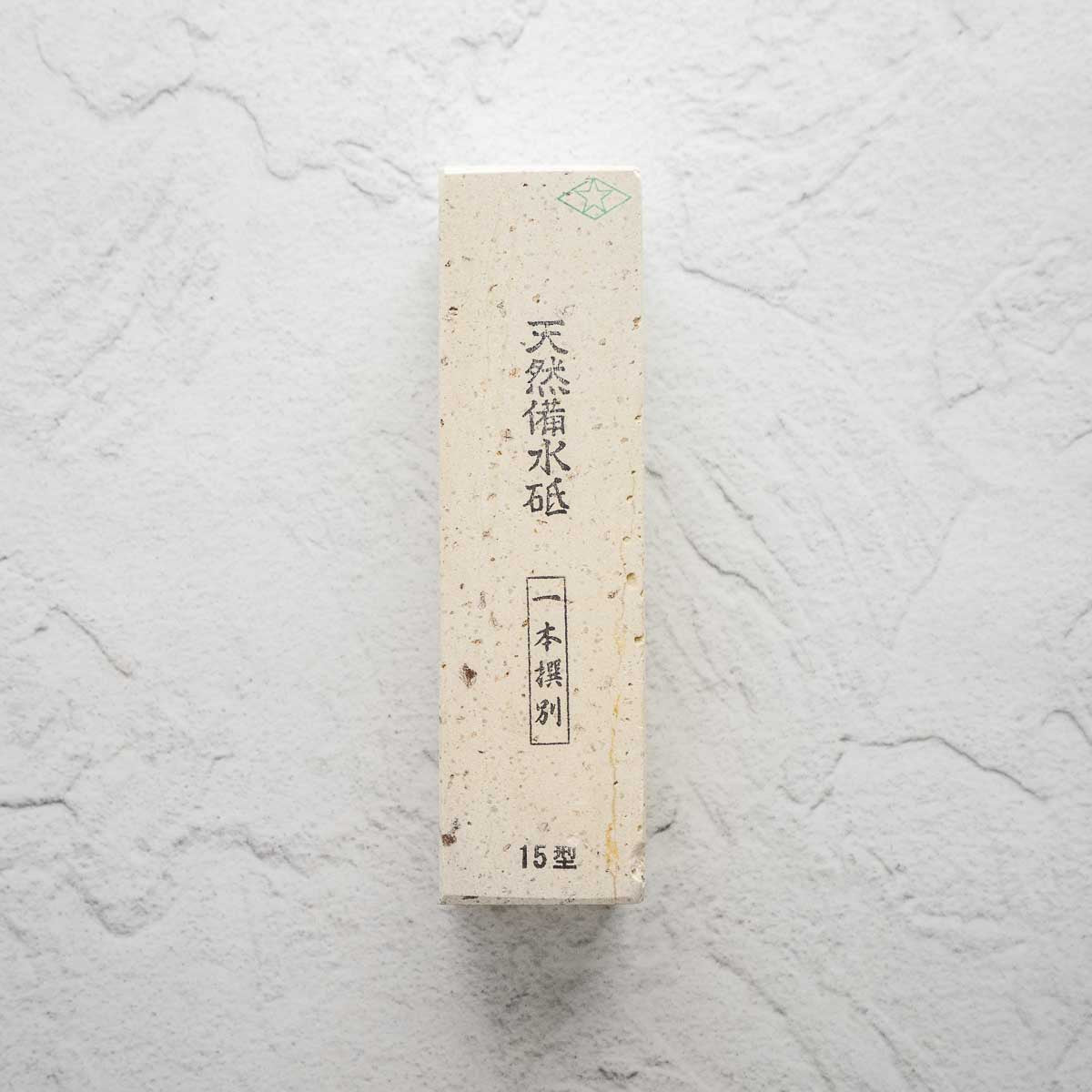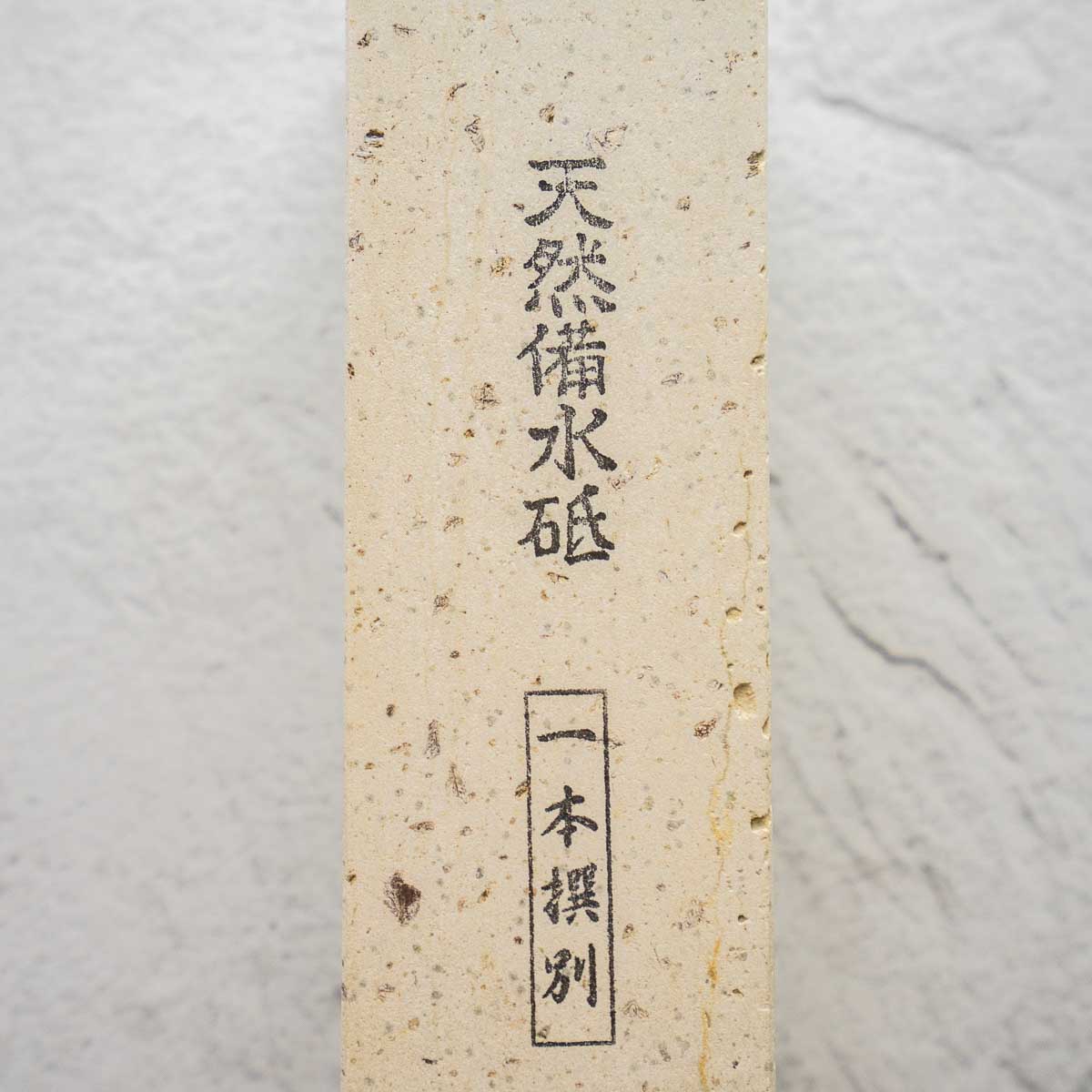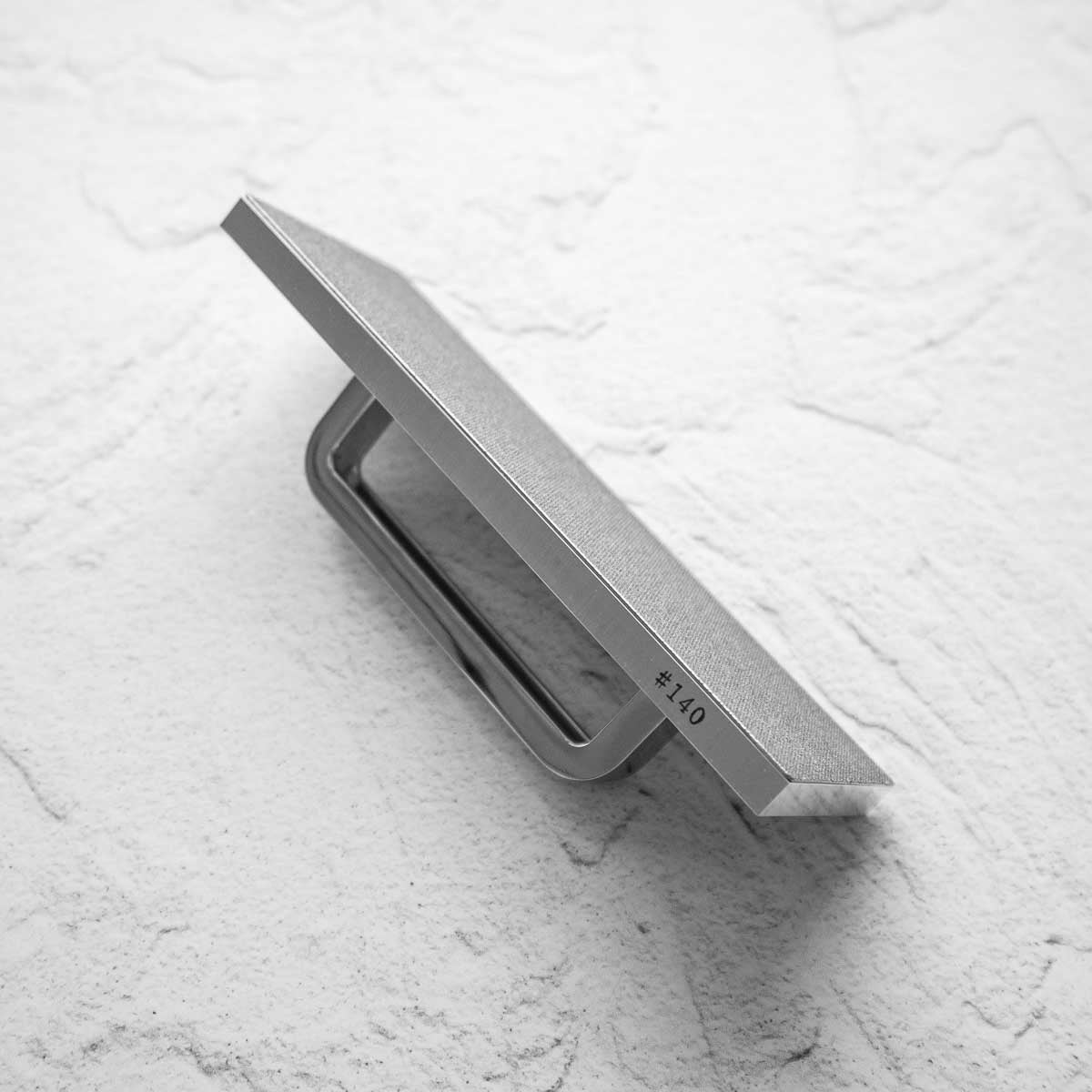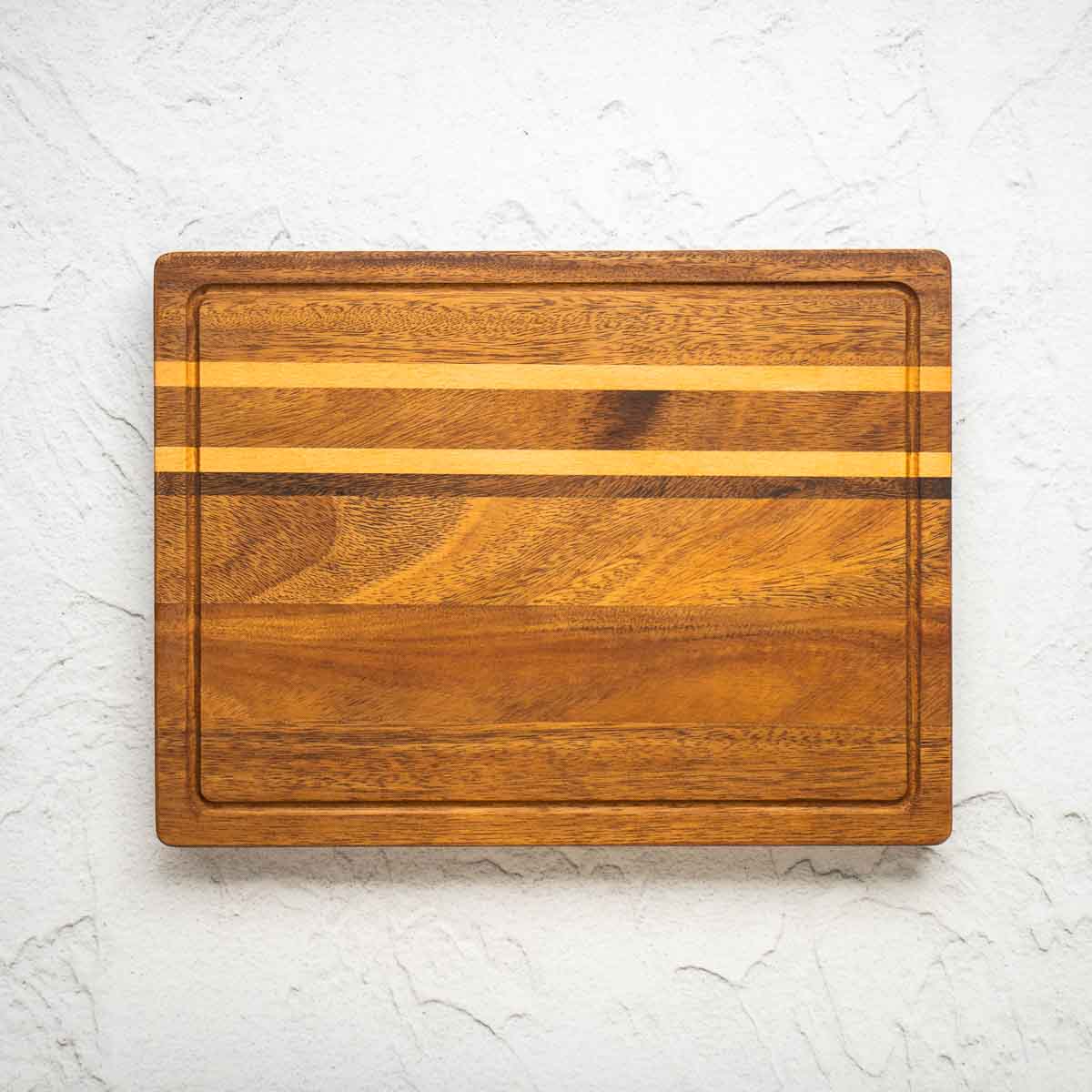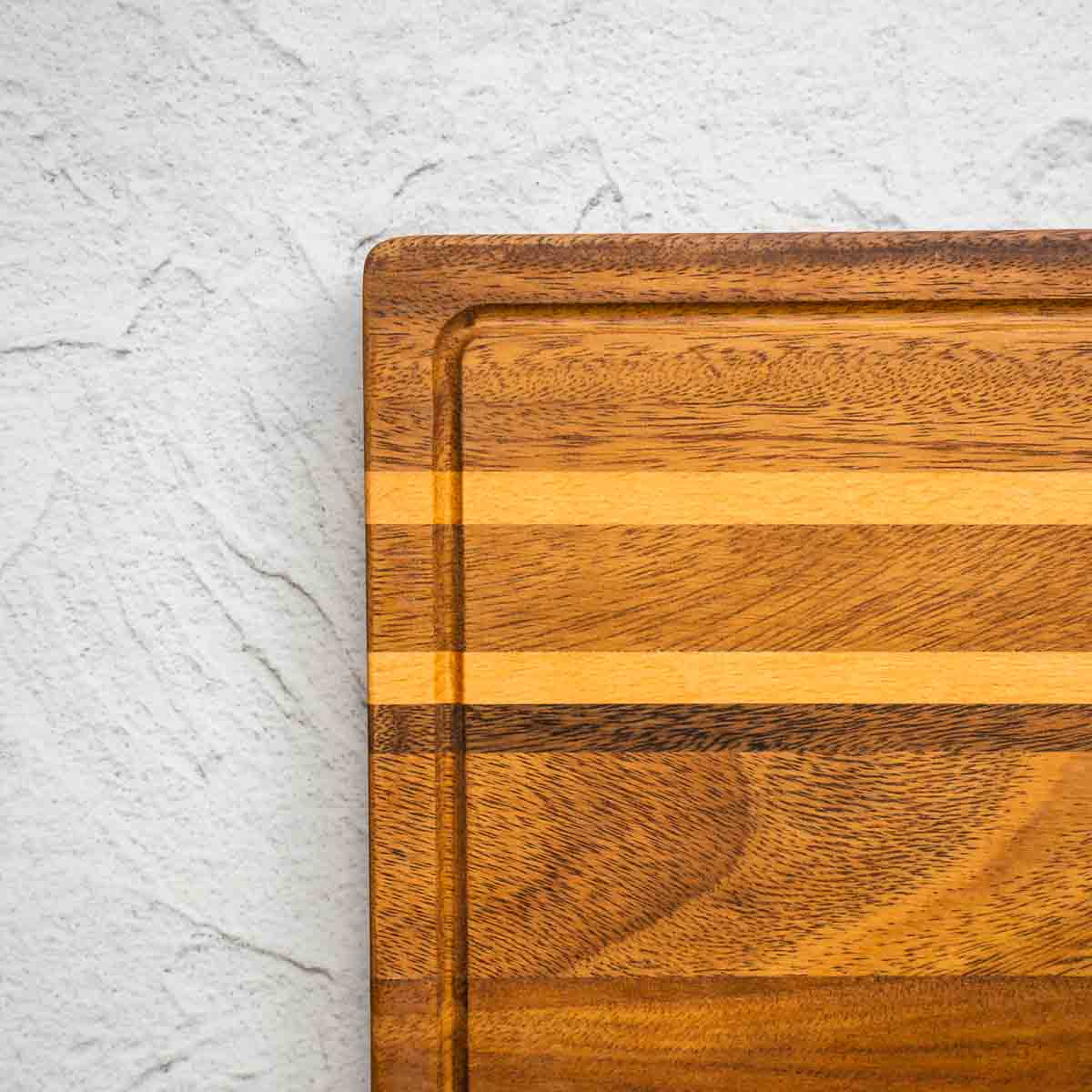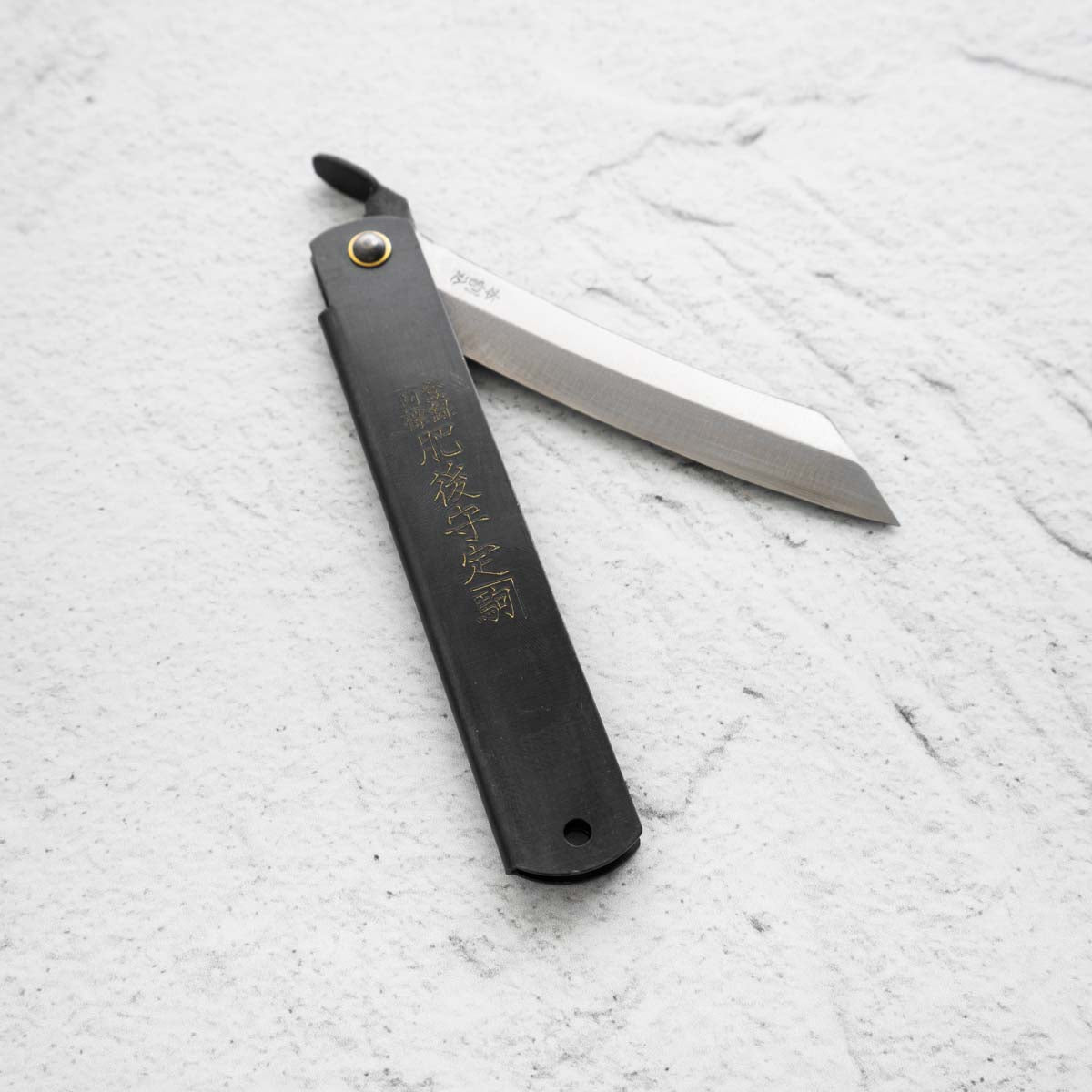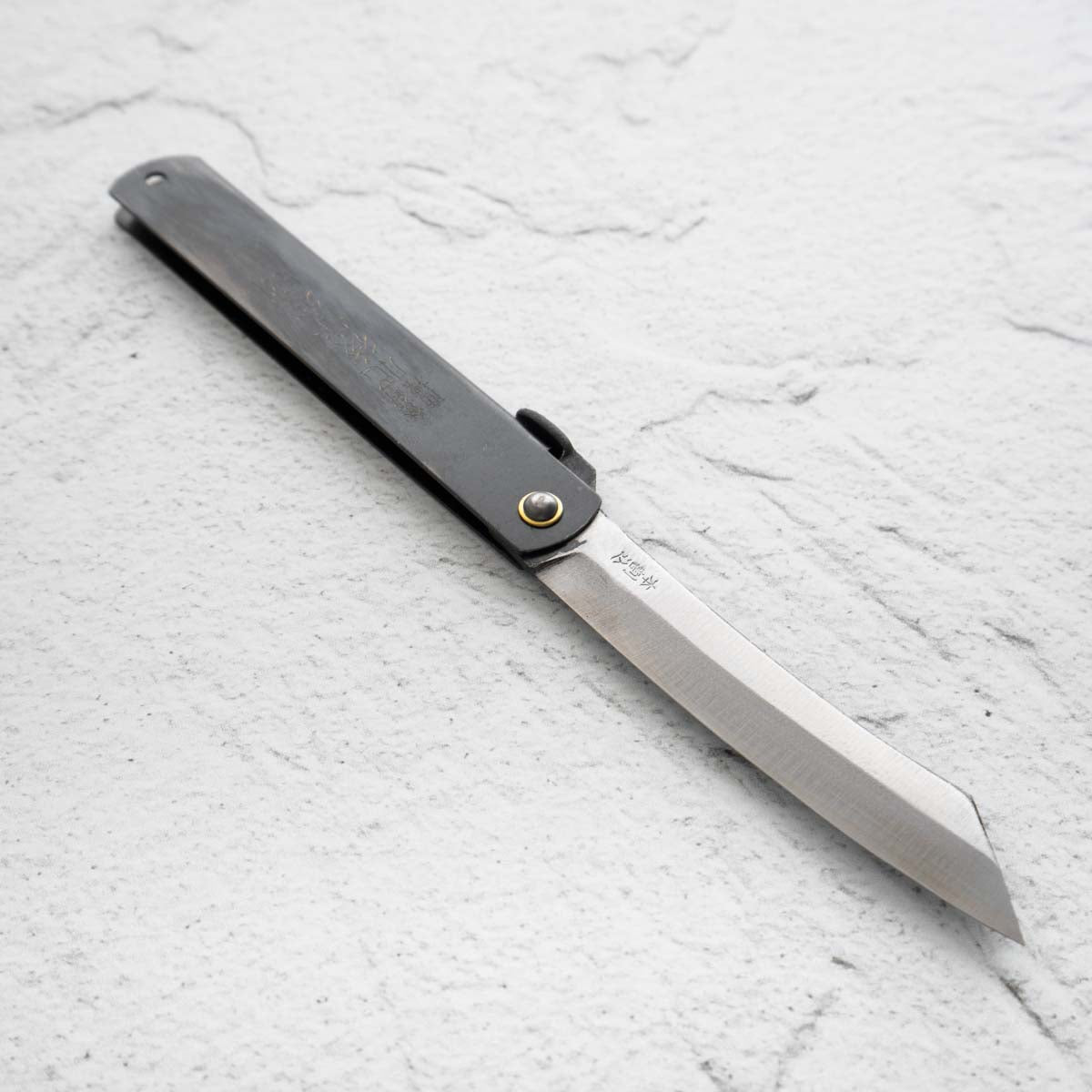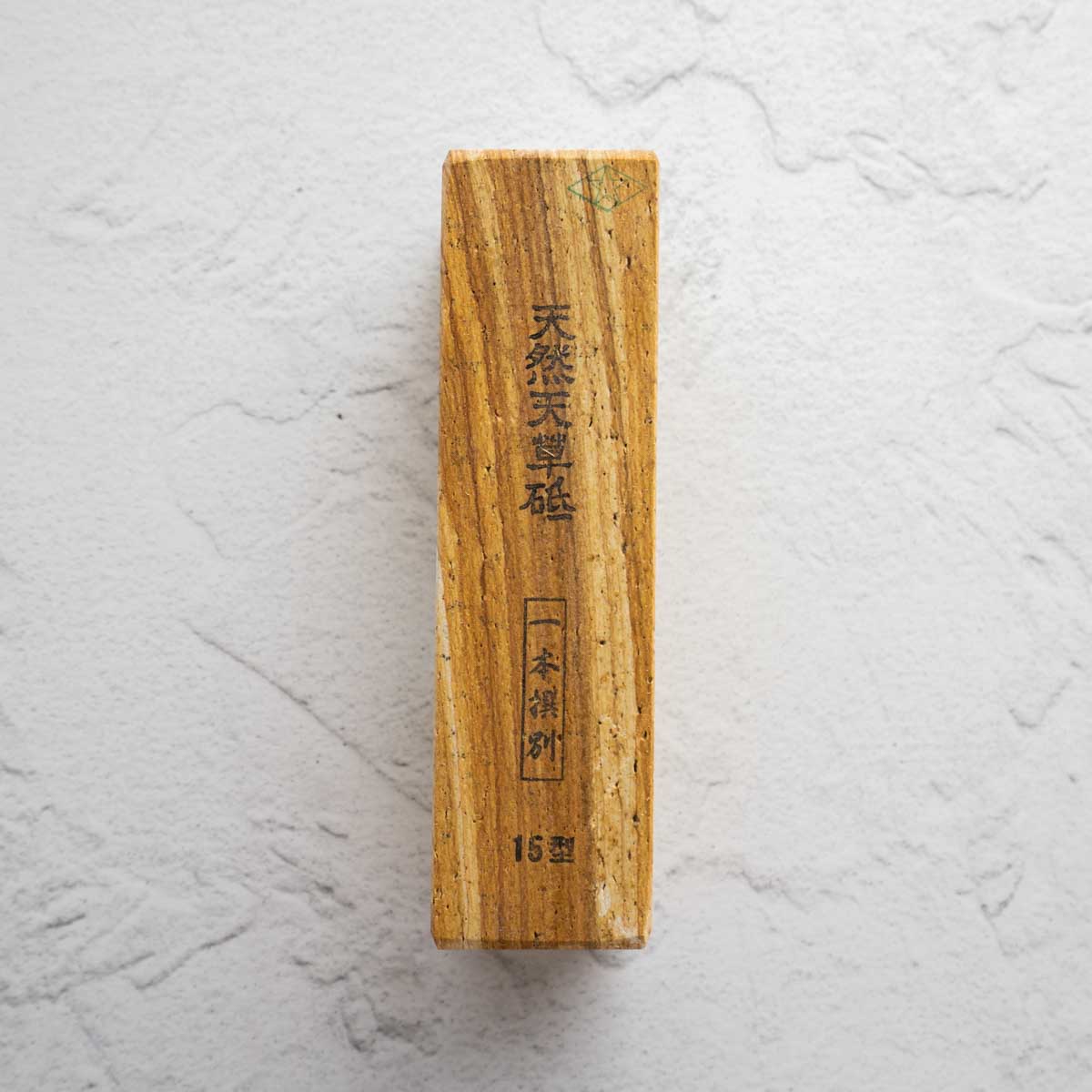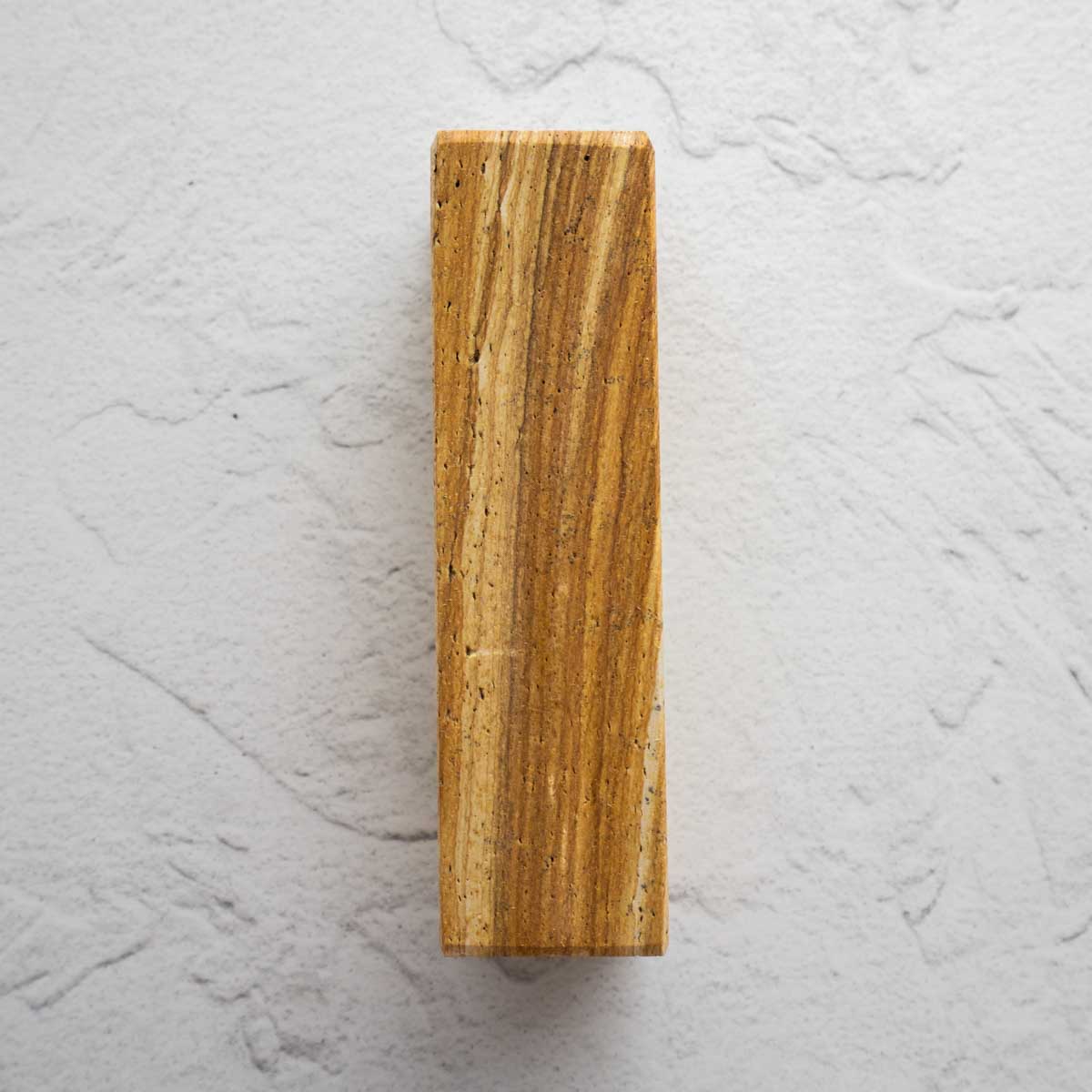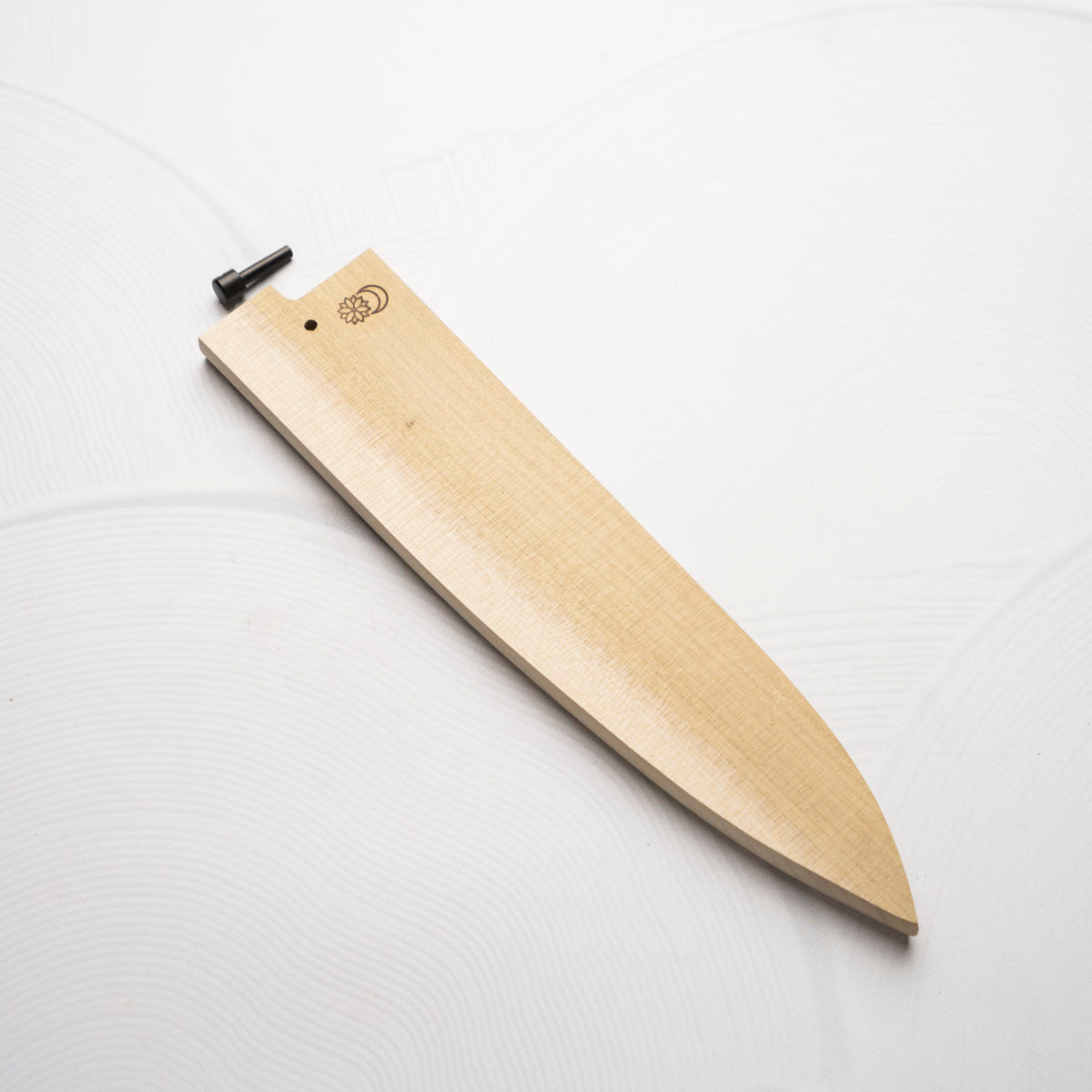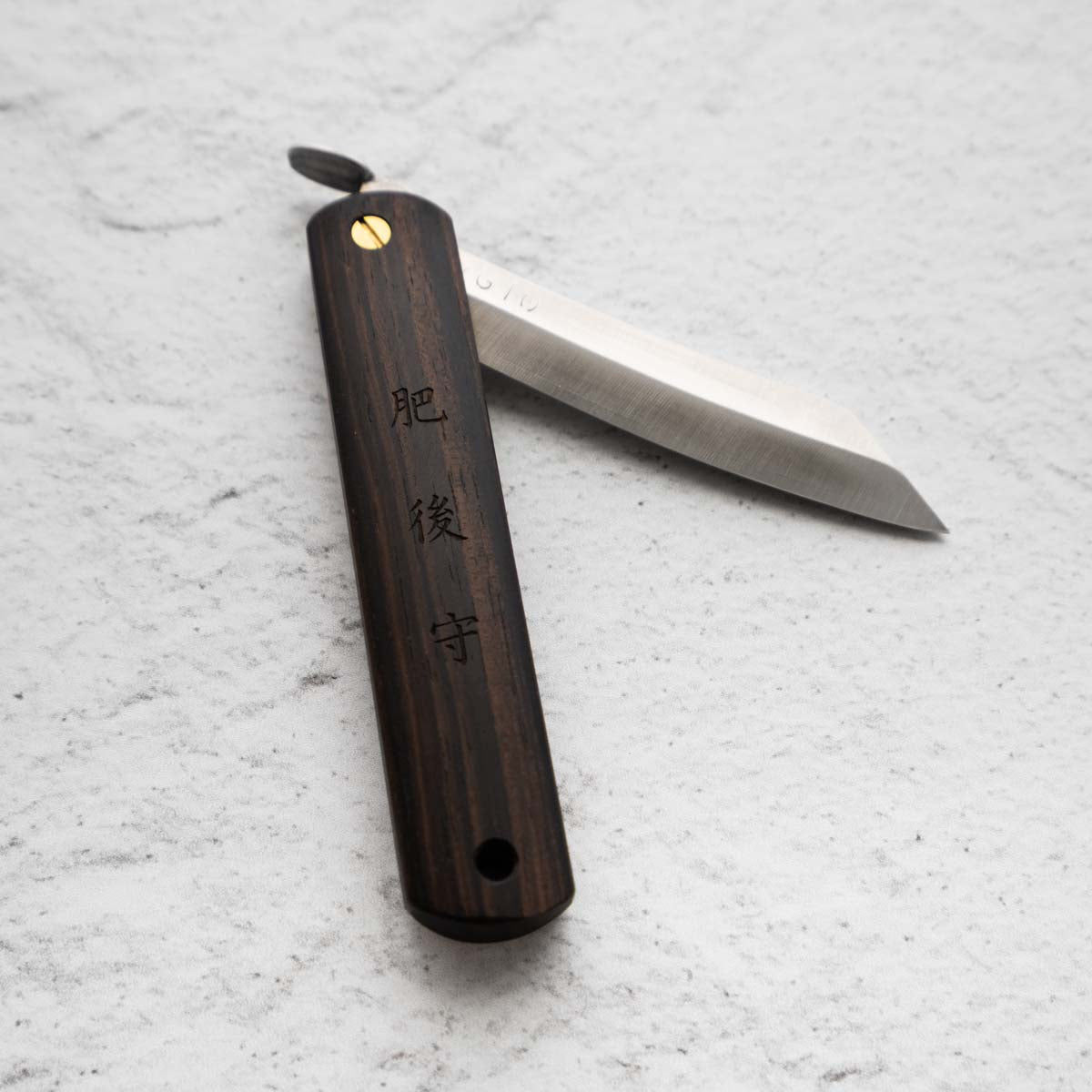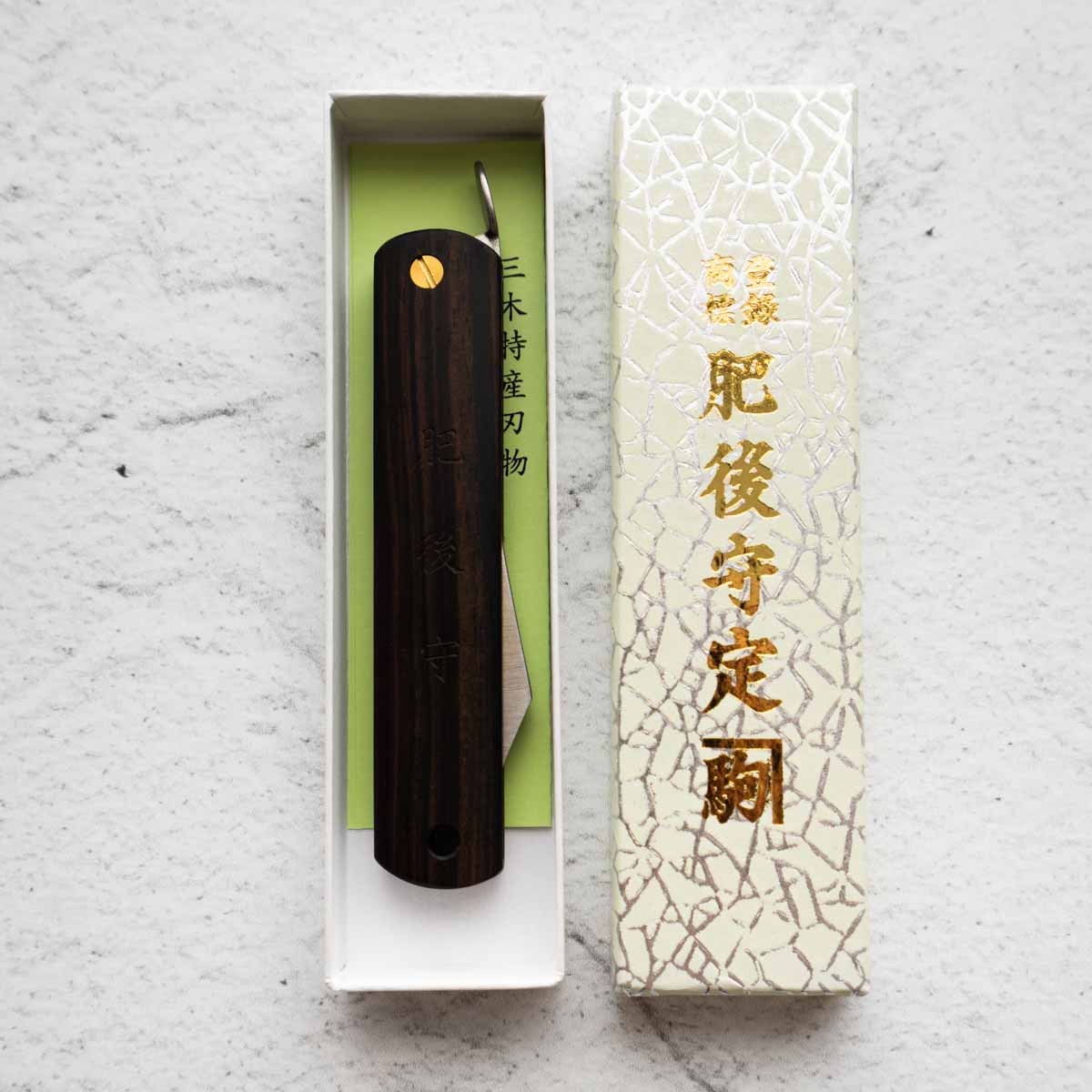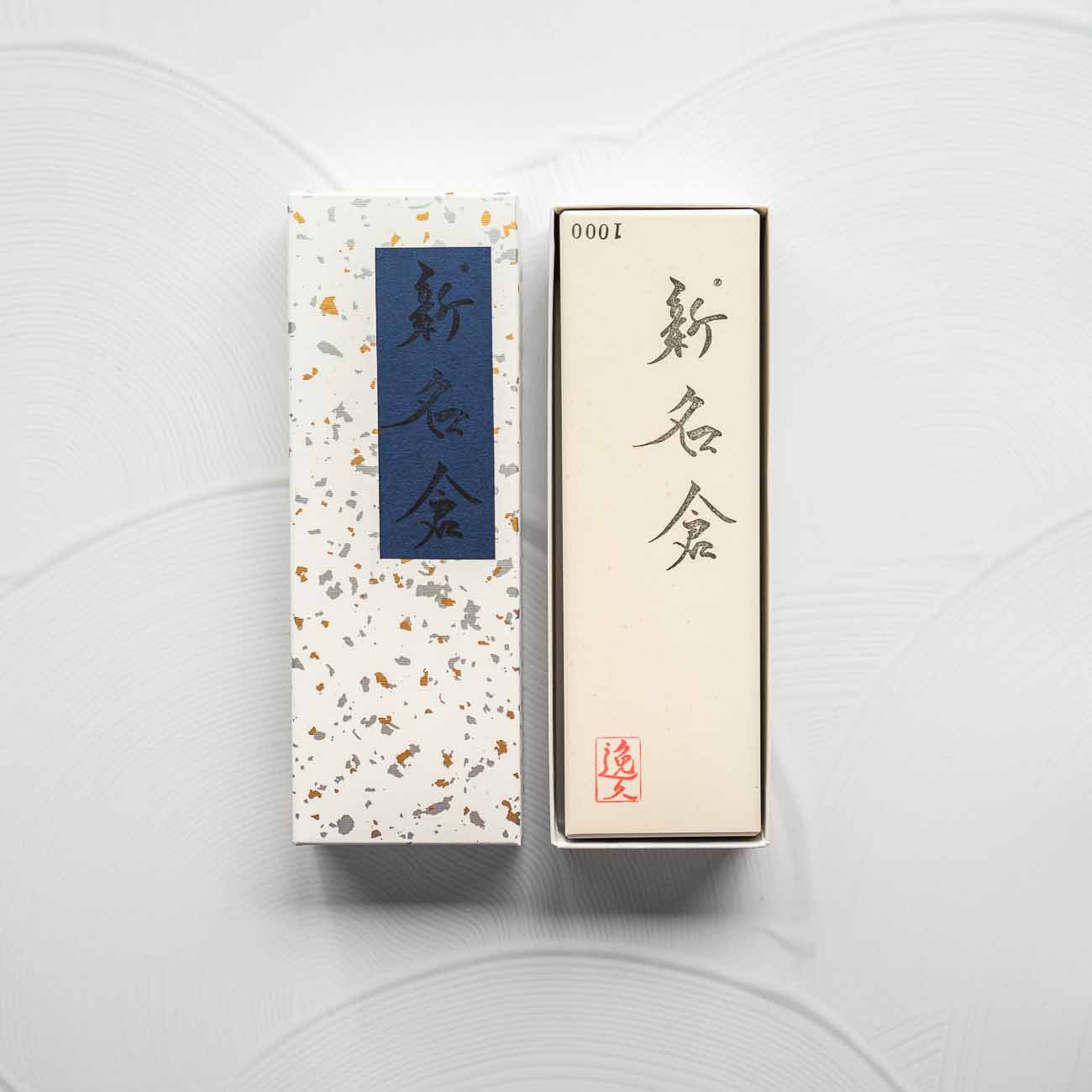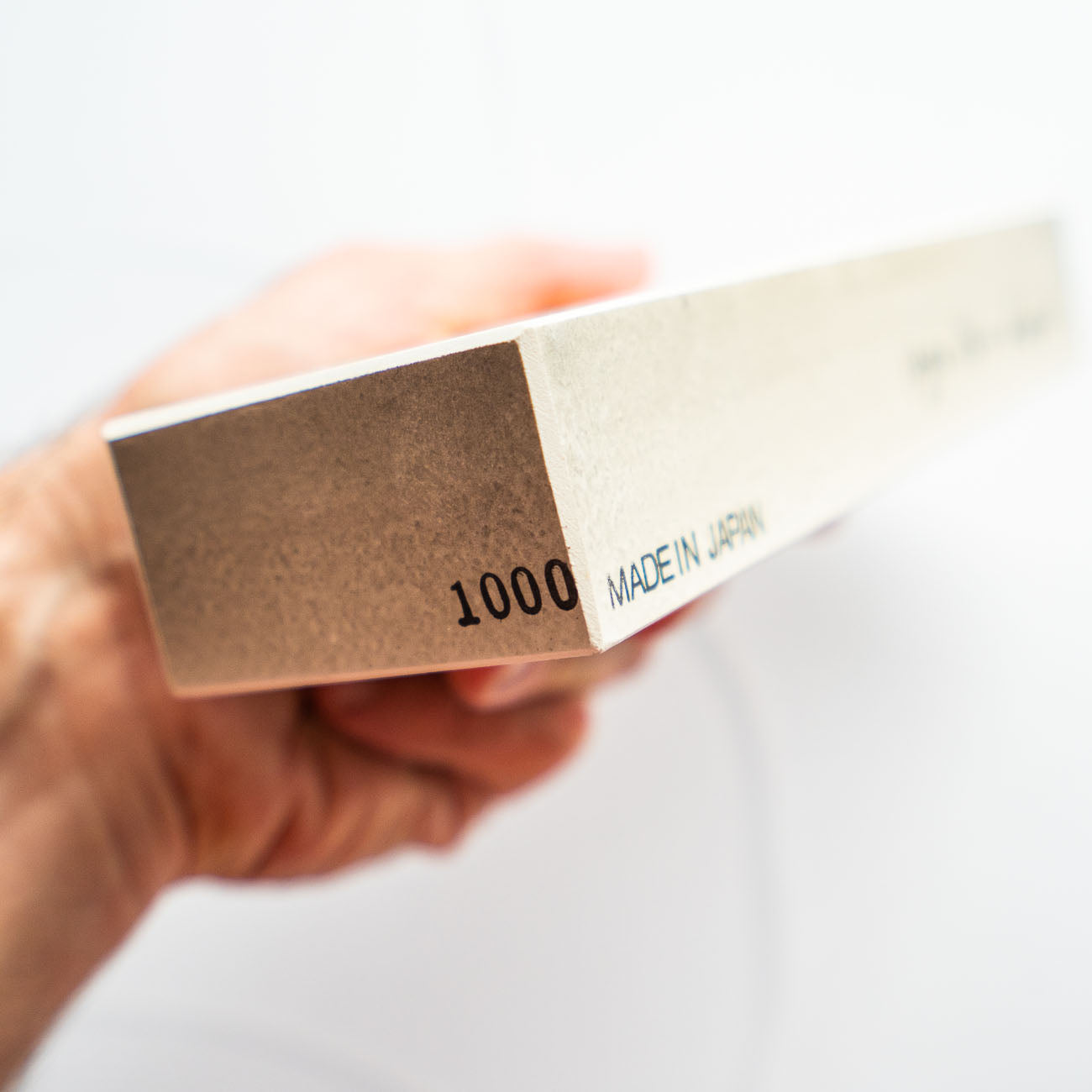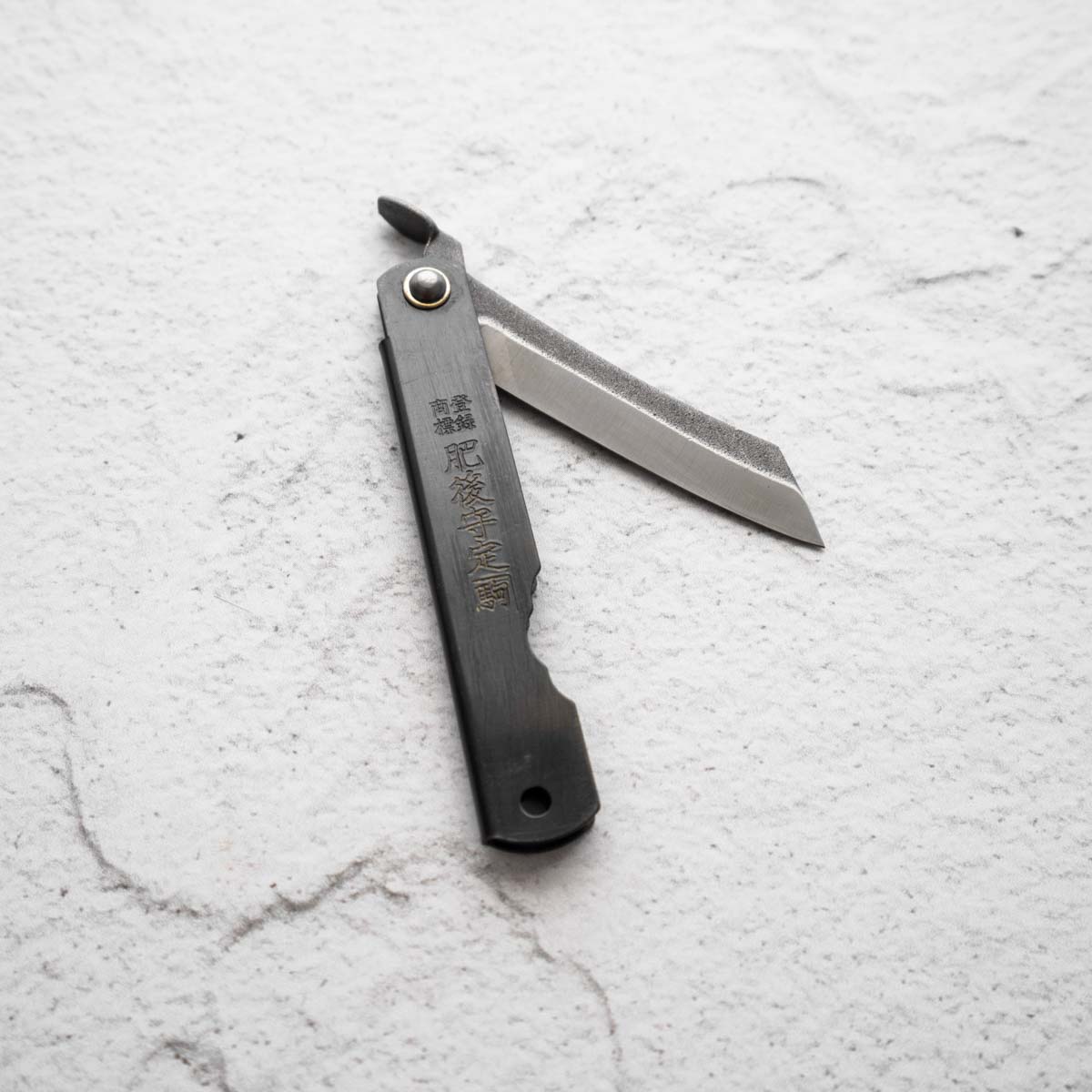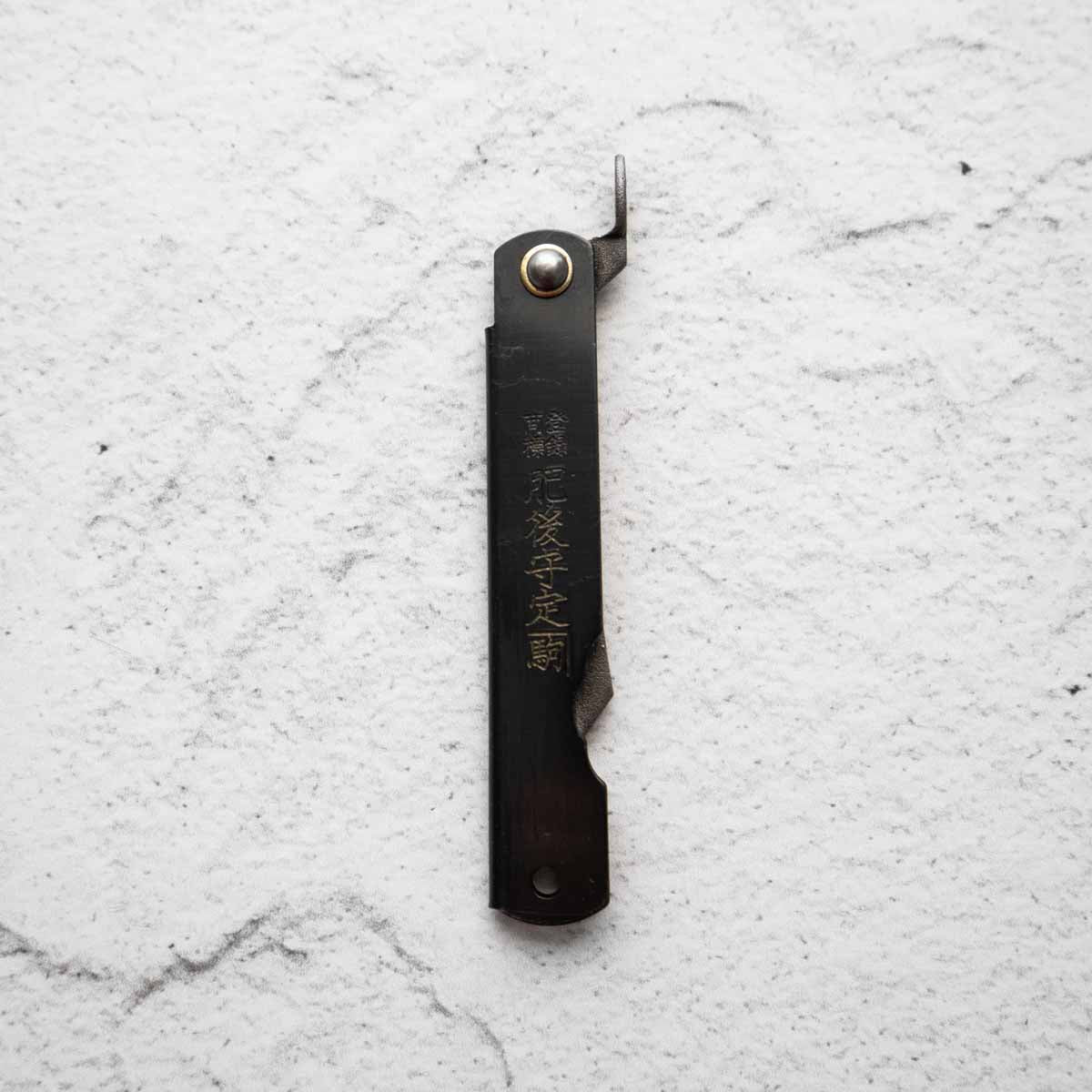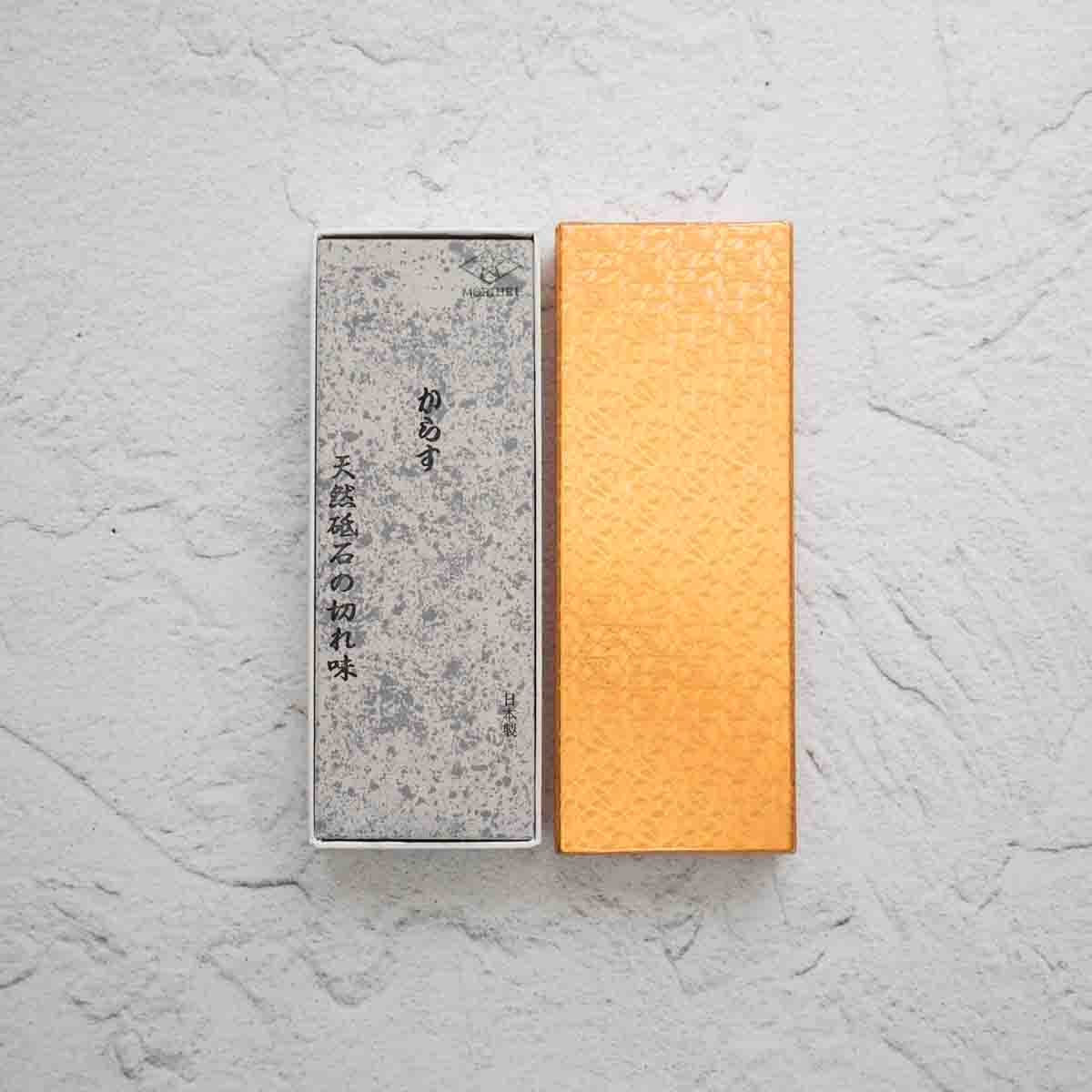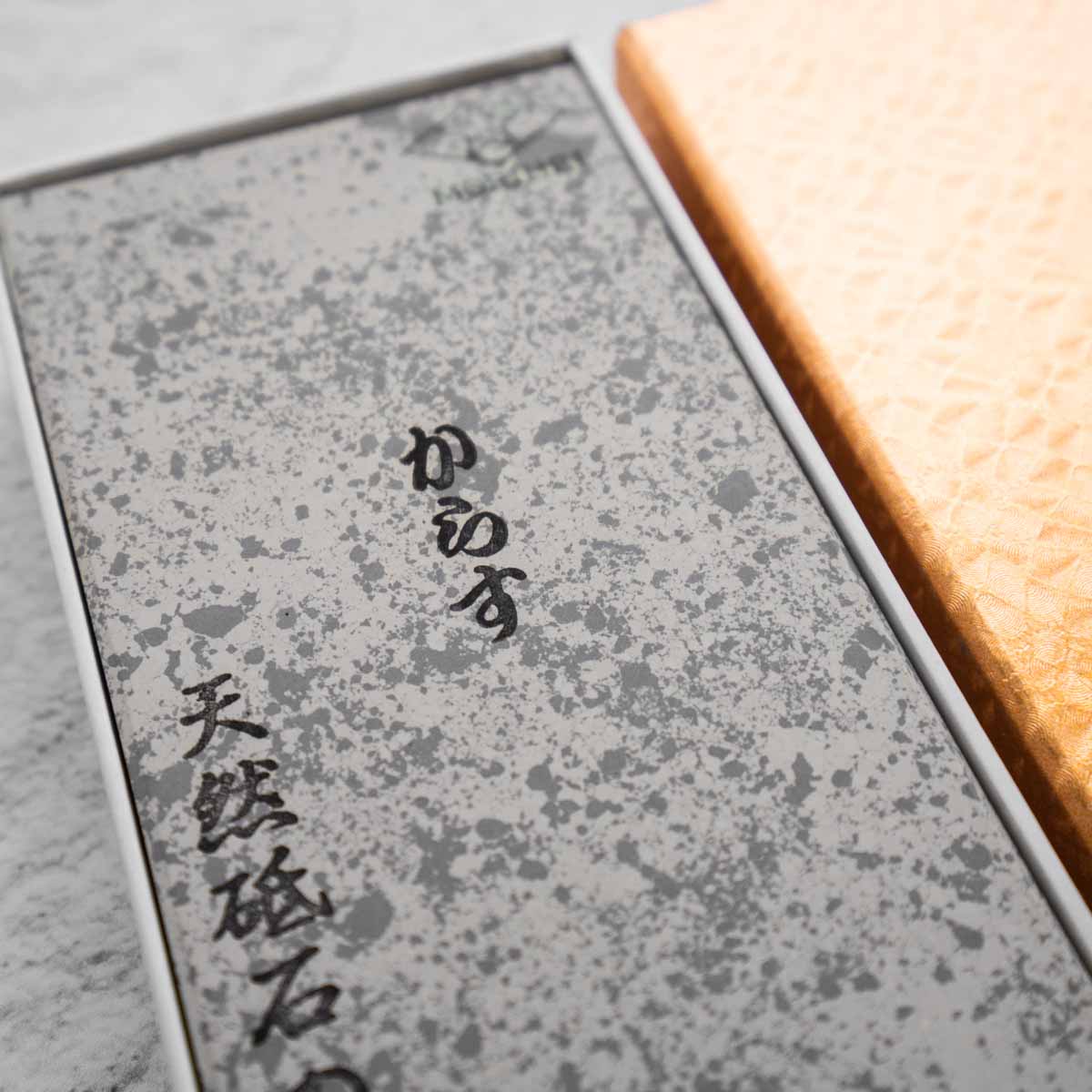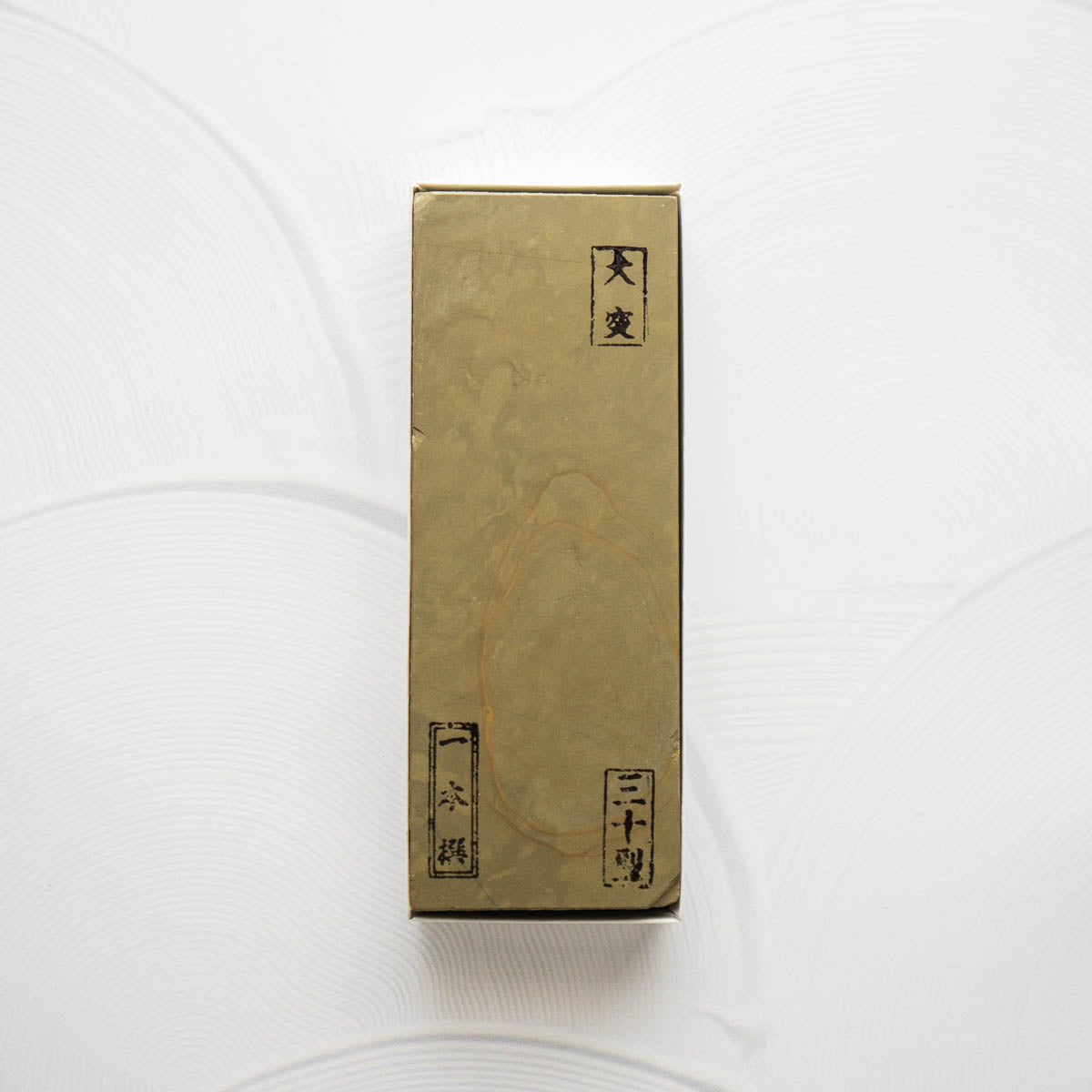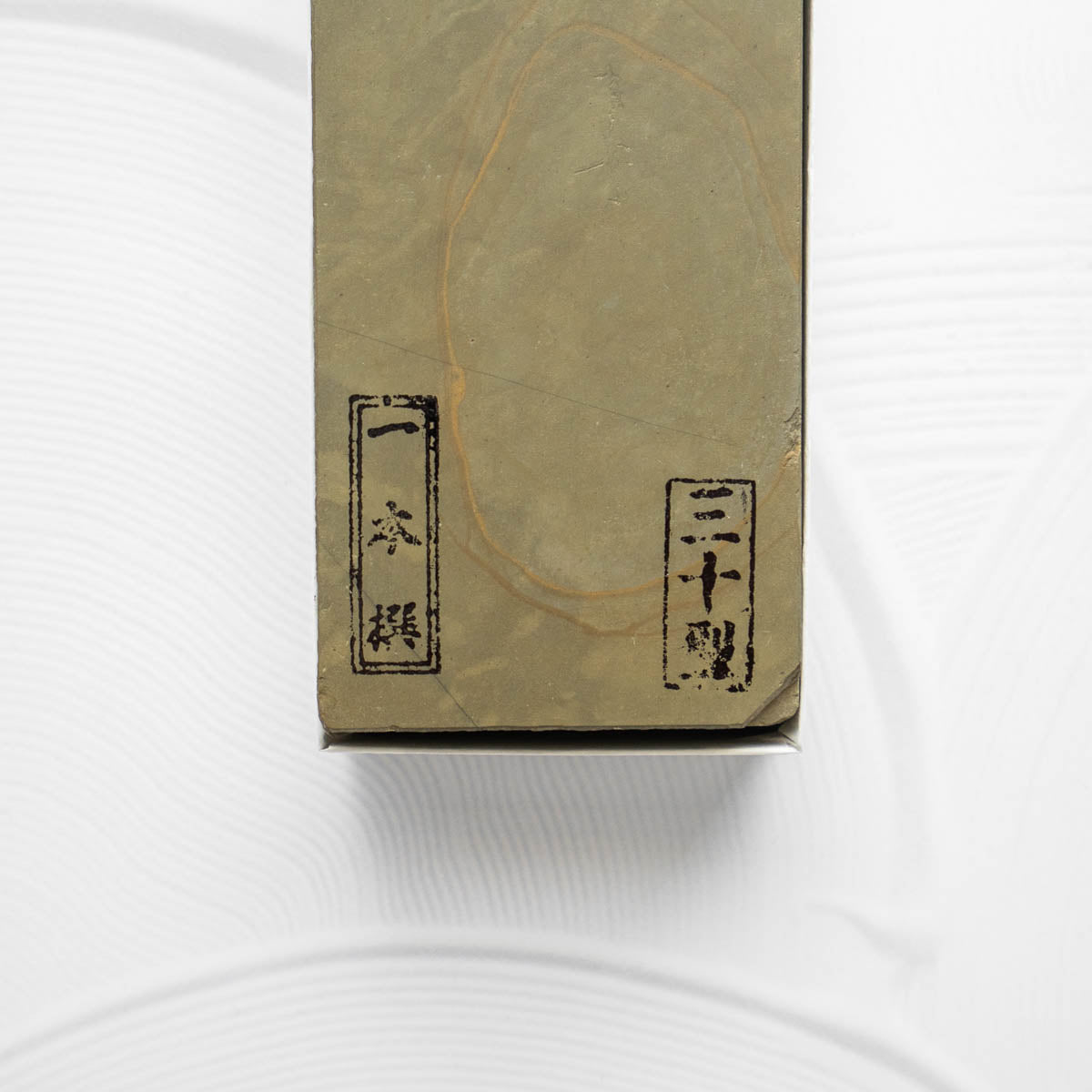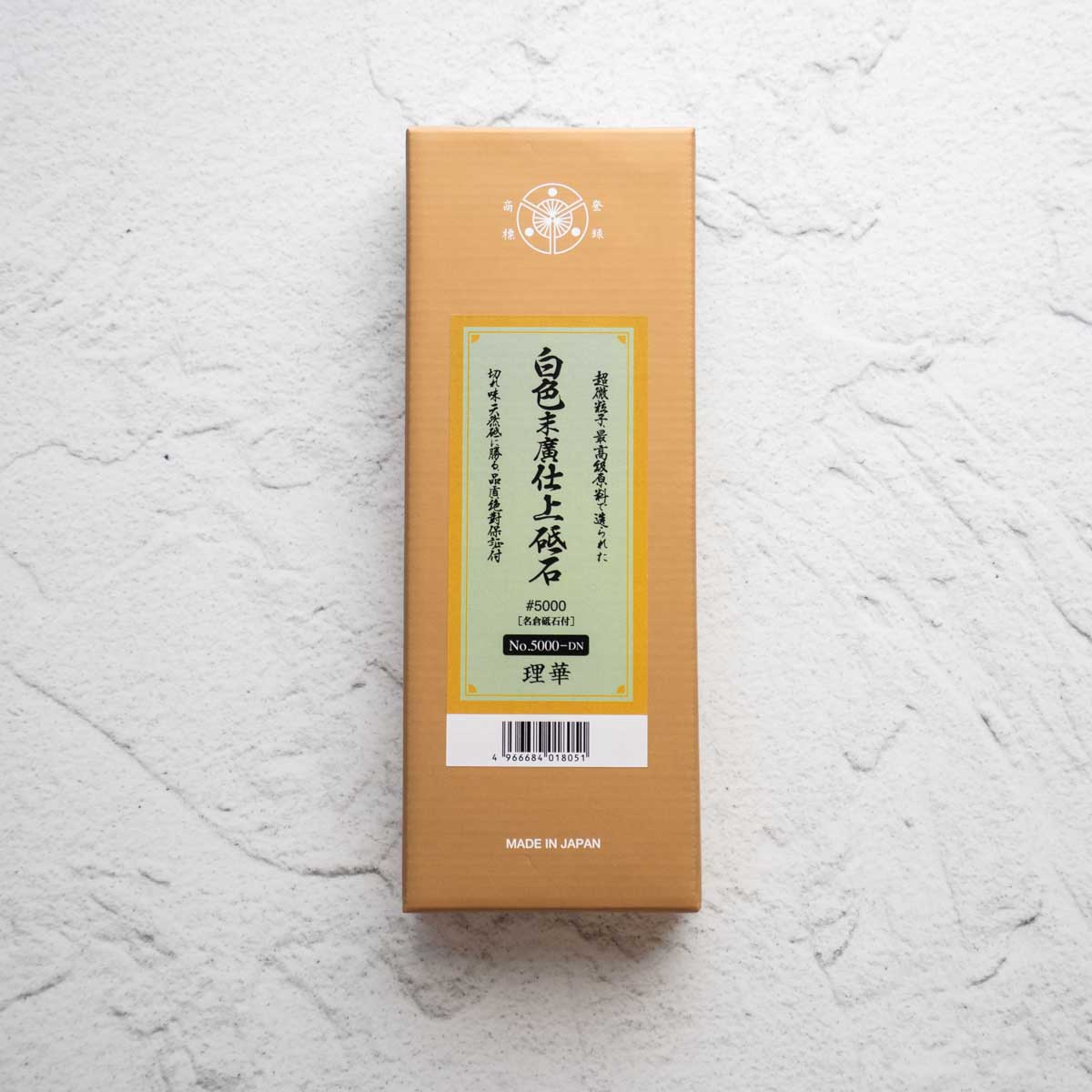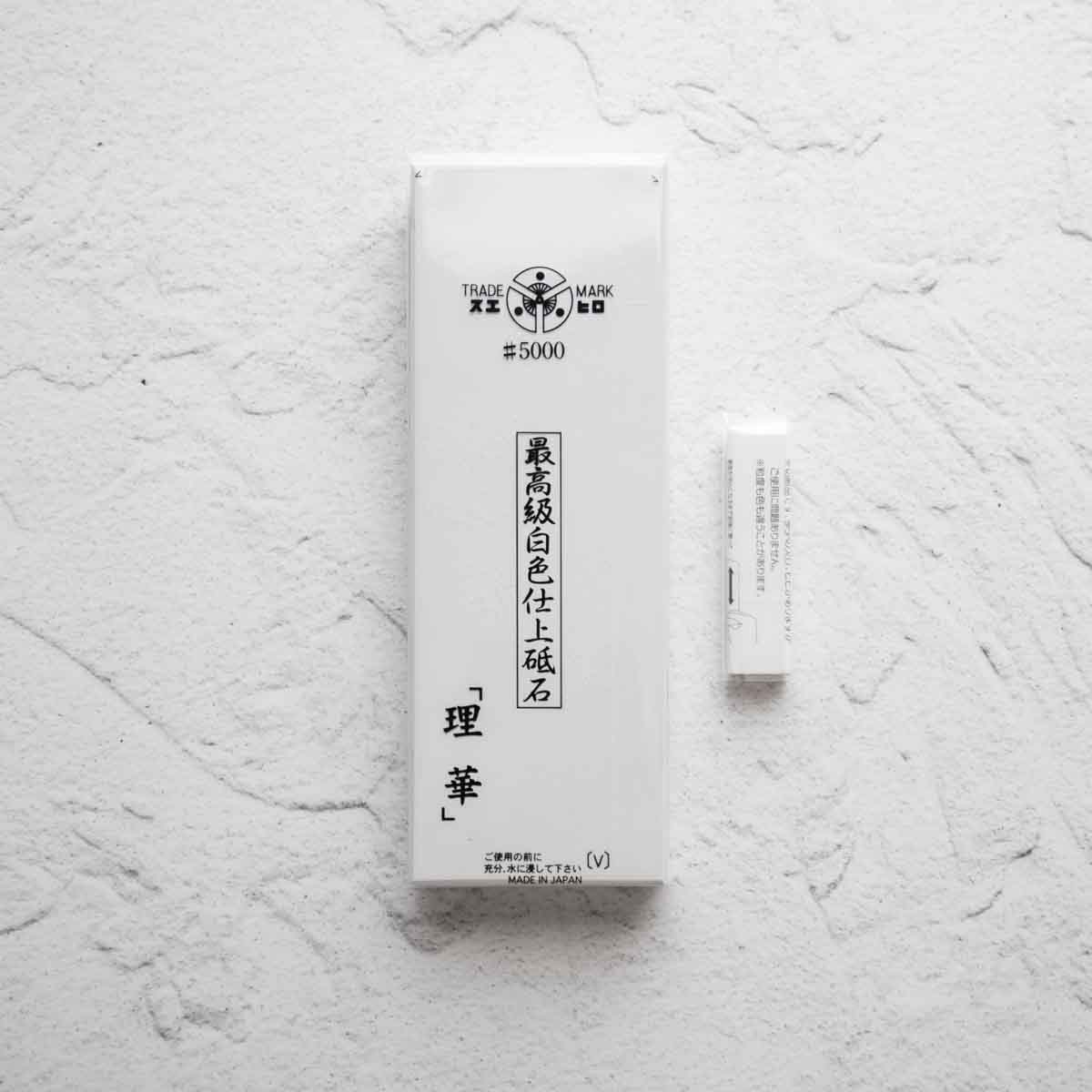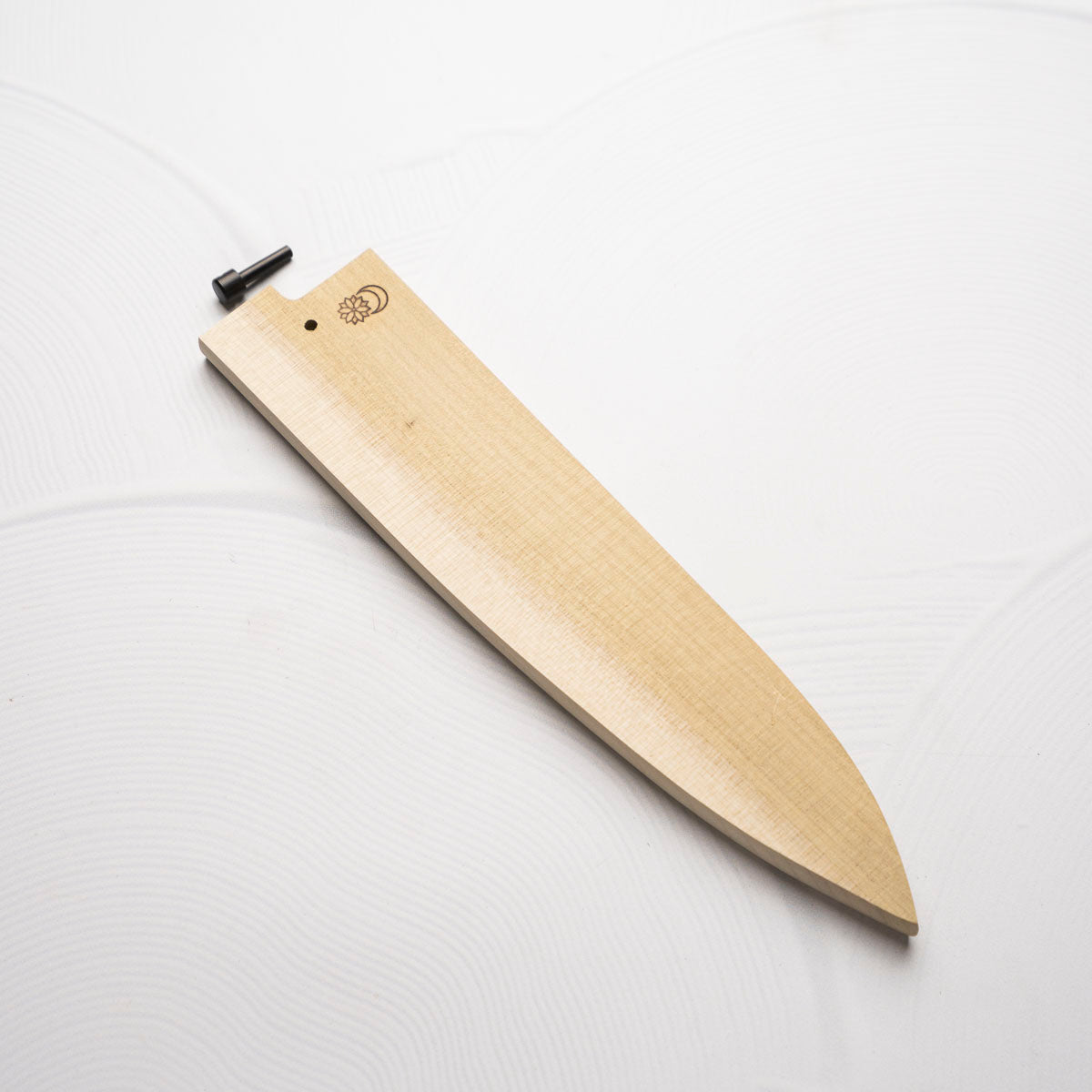Sort by:
295 products
295 products
Accessories Information
The Rockstar Series from Shapton improve on the GlassHR Series by removing the glass backing, and adding extra stone thickness for a longer lifespan. They are a hard stone that offers lighter feedback levels than other stones, but cut very fast, require no soaking, and are very slow to dish.
- Overall size: 210 x 70 x 10mm
- Micron: 11
-
Mesh: 1000
Accessories Information
The Rockstar Series from Shapton improve on the GlassHR Series by removing the glass backing, and adding extra stone thickness for a longer lifespan. They are a hard stone that offers lighter feedback levels than other stones, but cut very fast, require no soaking, and are very slow to dish.
This 1000 & 3000 Combination Set is perfect for daily maintenance of stainless steel and carbon, for users that wish to retain some toothiness.
Accessories Information
The Rockstar Series from Shapton improve on the GlassHR Series by removing the glass backing, and adding extra stone thickness for a longer lifespan. They are a hard stone that offers lighter feedback levels than other stones, but cut very fast, require no soaking, and are very slow to dish.
This 1000 & 3000 Combination Set is perfect for daily maintenance of stainless steel and carbon, for users that wish to retain some toothiness.
Accessories Information
The Rockstar Series from Shapton improve on the GlassHR Series by removing the glass backing, and adding extra stone thickness for a longer lifespan. They are a hard stone that offers lighter feedback levels than other stones, but cut very fast, require no soaking, and are very slow to dish.
This full progression includes the 320, 500, 1000, 3000, 6000, 8000, and 16000 grit stones, plus a holder.
Knife Information
1894- Mr. Tasaburo Shigematsu, a hardware wholesaler, introduced a new pocket knife with its blade and sheath folded by installing a small handle “Chikiri (tail)” on the blade, while inspired by the knife he brought back from Kagoshima.
He named it “Higonokami Knife” because many of his customers were in Kumamoto area (formally Higo country), which turned out to dramatically increase his sales. The blades have gradually changed their shapes. Unlike single-edged knives, the double-edged blades (V-shaped cross section) were in those days considered common. The earlier blades had a sharper tip (shape of a bamboo leaf), but now they have square shapes. The sheaths had a vertically folding style and a cross folding style, now the vertical one has to be custom made.
In 1911, at the First Kobe Export Articles Competitive Exhibition, Crown Prince (later Emperor Taisho) liked Higonokami on display very much and bought one, which is said to have helped its fame further spread.
The Higonikami is a fantastic traditional utility knife at a low cost.
Specifications
| Style: | Higonokami |
| Blade Length: | 70mm |
| Weight: | 32g |
| Bevel: | Double Bevel |
| Blade Material: | VG10 Stainless Steel |
| Handle Material: | Custom Engraved Quince Burl |
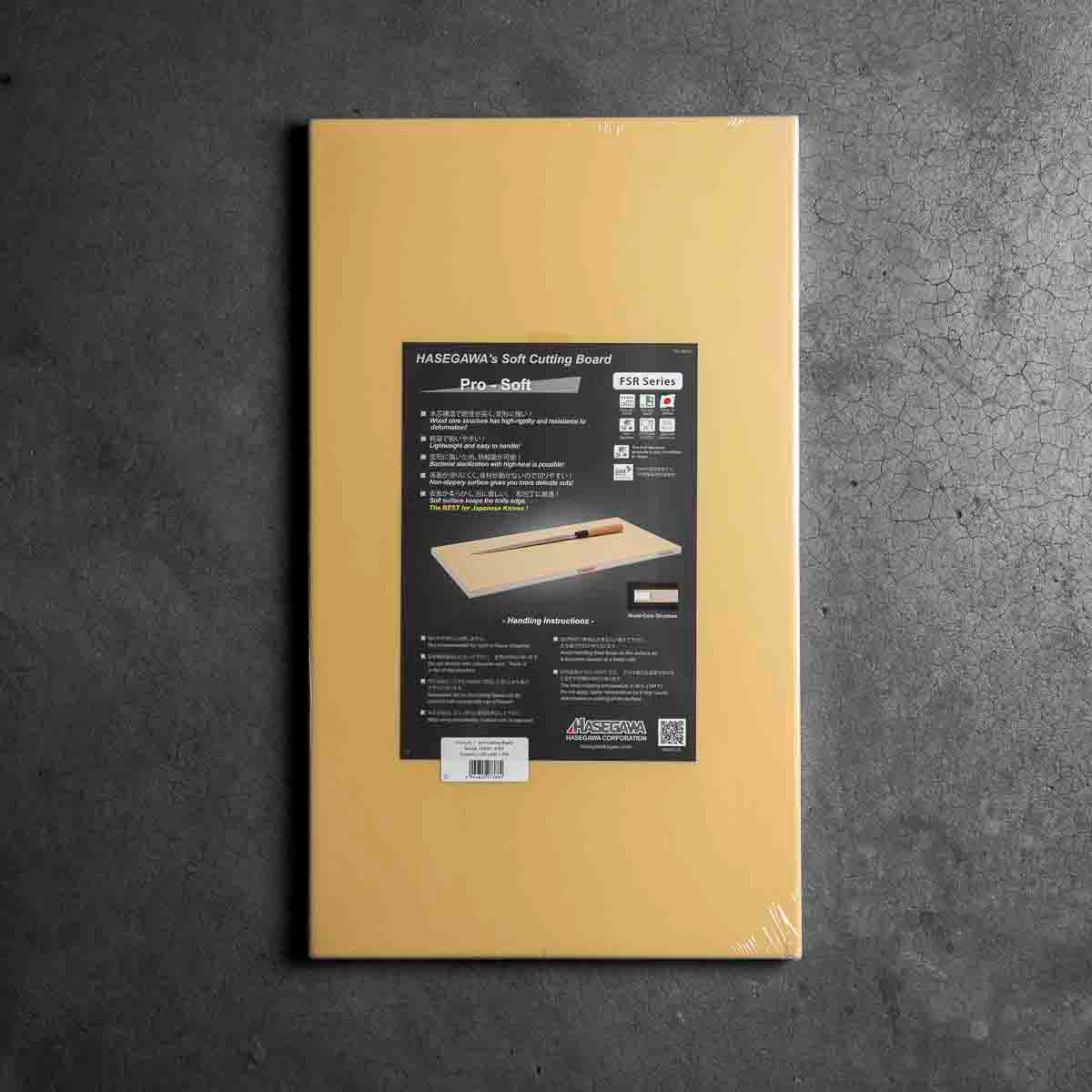
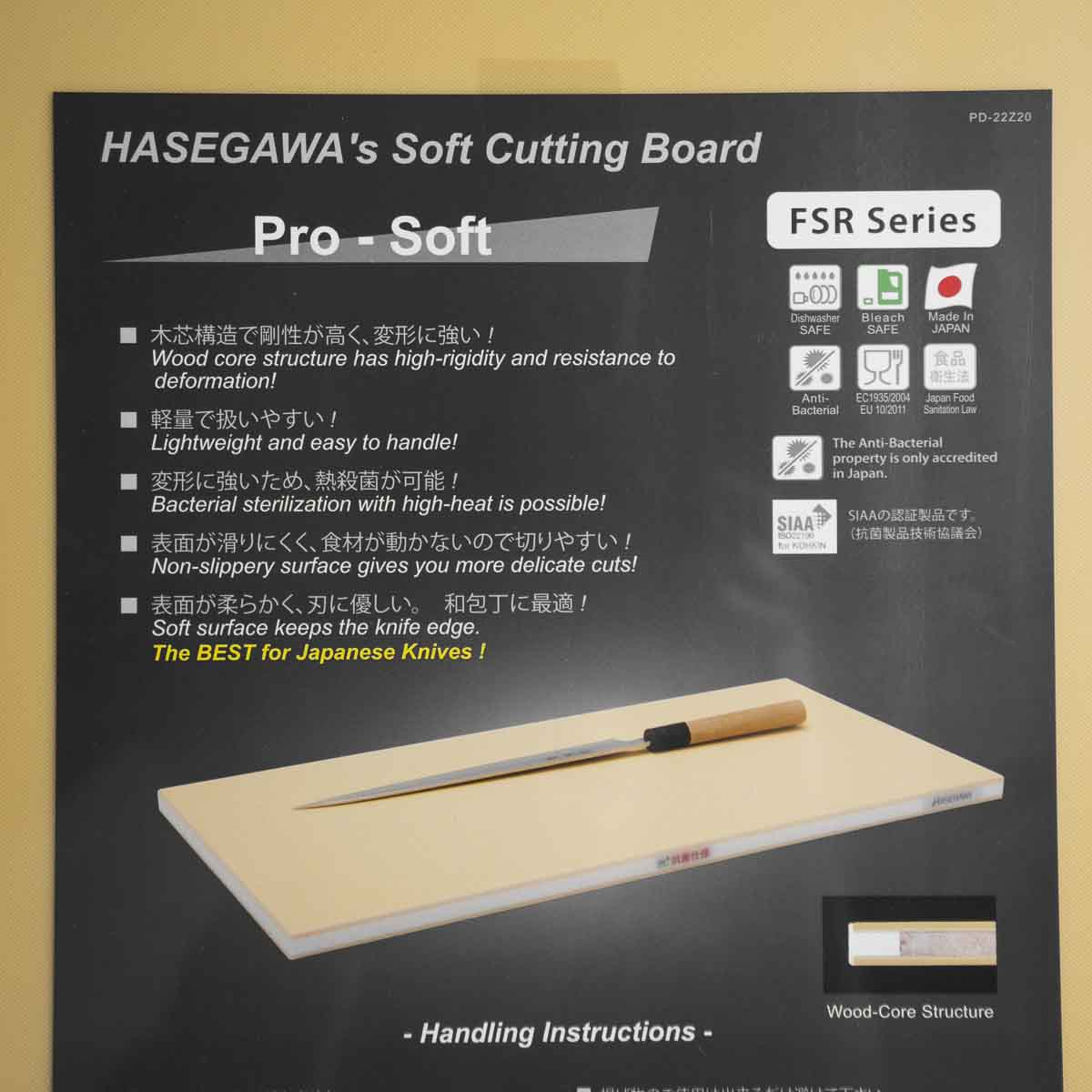
Hasegawa Pro-Soft WoodCore Synthetic Rubber Cutting Board - 500x300x20
Hasegawa Pro-Soft WoodCore Synthetic Rubber Cutting Board - 500x300x20
*AVAILABLE TO AUSTRALIAN CUSTOMERS ONLY*
Made in Japan
Specifications
Made in Agawa, Kochi Prefecture, Japan
Material: Wood-core covered with Polypropylene surface
Heat-Proof: 90°C (194°F)
Color: Beige
Weight: 2kg
About Hasegawa
Hasegawa are one of the biggest manufacturers of cutting boards in Japan. Their cutting boards are highly sought-after amongst hospitality professionals and home cooks alike for their antibacterial properties, wood cores that resist warping, and forgiving cuttin feel.
Care
To prevent warping, it is recommended to place the board flat for storage. Not recommended for heavy chopping. Avoid handling fried foods on the surface as it becomes stained at a faster rate. Ultraviolet ray sterilization is not recommended as it may cause discoloration. Stop using immediately if the internal wood core structure is exposed to view. When stains become obvious, an appropriate amount of bleach can be used for cleaning. Keep away from fire of high temperature as it may cause deformation. Bleach Safe, Dishwasher Safe.
Put ground coffee in the strainer and slowly pour in water to brew. Leave in your refrigerator for about eight hours to brew.
Colour: Black
Width: 8.7 cm
Depth: 8.4 cm
Height: 30 cm
Diameter: 7.1 cm
Capacity: 650ml
Weight: 0.5kg
Material: Heatproof glass pot. Polyester resin filter. Polypropylene strainer. Silicone bottle spout and stopper
Full instructions: https://global.hario.com/product/FIC-70.pdf
About the Natsuya
The Binsui is a natural whetstone used at the start of a natural stone progression. They are of slighter higher hardness and are fast cutting.
All natural stone sales are final, we try to provide the best possible representation of the stone via our images.
*Available to Australian customers only - International customers please contact us to purchase*
Accessory Information
The Atoma Diamond Lapping Plates by Tsuboman Japan are widely recognised as the superior solution for flattening your whetstones. Strong, sturdy, and weighing in at just shy of 700g, these will make light work of even the hardest stones.
– Low 140 Grit for fast removal of stone surface
– Integrated handle makes flattening incredibly fast & easy
– Replaceable abrasive sheet
- 7.5cm x 21cm plate size
Knife Information
1894- Mr. Tasaburo Shigematsu, a hardware wholesaler, introduced a new pocket knife with its blade and sheath folded by installing a small handle “Chikiri (tail)” on the blade, while inspired by the knife he brought back from Kagoshima.
He named it “Higonokami Knife” because many of his customers were in Kumamoto area (formally Higo country), which turned out to dramatically increase his sales. The blades have gradually changed their shapes. Unlike single-edged knives, the double-edged blades (V-shaped cross section) were in those days considered common. The earlier blades had a sharper tip (shape of a bamboo leaf), but now they have square shapes. The sheaths had a vertically folding style and a cross folding style, now the vertical one has to be custom made.
In 1911, at the First Kobe Export Articles Competitive Exhibition, Crown Prince (later Emperor Taisho) liked Higonokami on display very much and bought one, which is said to have helped its fame further spread.
The Higonikami is a fantastic traditional utility knife at a low cost.
Specifications
| Style: | Higonokami |
| Blade Length: | 92mm |
| Weight: | 70g |
| Bevel: | Double Bevel |
| Blade Material: | Laminated SK Carbon Steel |
| Handle Material: | Black Nickel |
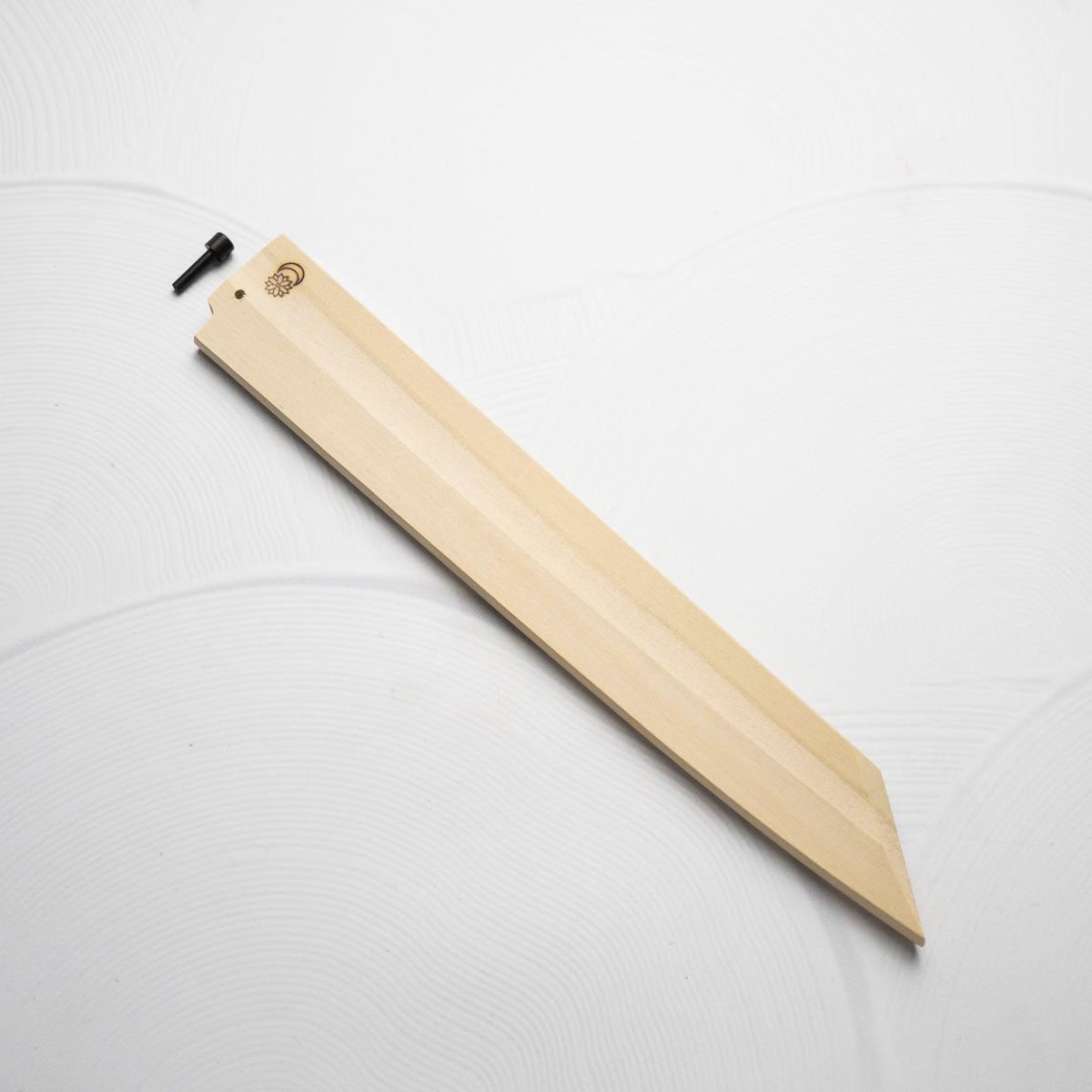
Custom Magnolia Saya - Kikuzuki Kasumi Kiritsuke Yanagiba 270mm
Custom Magnolia Saya - Kikuzuki Kasumi Kiritsuke Yanagiba 270mm
About the Natsuya
The Amakusa is a natural whetstone used at the start of a natural stone progression. They are of slighter higher hardness and are fast cutting.
All natural stone sales are final, we try to provide the best possible representation of the stone via our images.
*Available to Australian customers only - International customers please contact us to purchase*
Accessory Information
Oroghigane Grater's are perfect for Ginger, Garlic or traditionally Wasabi and Daikon. Available in 4 sizes.
Watch this incredible video on how the graters are made by hand here: https://www.youtube.com/watch?v=-D6G_wvVEcY
FINAL STOCK - this item will not be getting restocked after sold out.
Knife Information
1894- Mr. Tasaburo Shigematsu, a hardware wholesaler, introduced a new pocket knife with its blade and sheath folded by installing a small handle “Chikiri (tail)” on the blade, while inspired by the knife he brought back from Kagoshima.
He named it “Higonokami Knife” because many of his customers were in Kumamoto area (formally Higo country), which turned out to dramatically increase his sales. The blades have gradually changed their shapes. Unlike single-edged knives, the double-edged blades (V-shaped cross section) were in those days considered common. The earlier blades had a sharper tip (shape of a bamboo leaf), but now they have square shapes. The sheaths had a vertically folding style and a cross folding style, now the vertical one has to be custom made.
In 1911, at the First Kobe Export Articles Competitive Exhibition, Crown Prince (later Emperor Taisho) liked Higonokami on display very much and bought one, which is said to have helped its fame further spread.
The Higonikami is a fantastic traditional utility knife at a low cost.
Specifications
| Style: | Higonokami |
| Blade Length: | 70mm |
| Weight: | 32g |
| Bevel: | Double Bevel |
| Blade Material: | VG10 Stainless Steel |
| Handle Material: | Custom Engraved Ebony |
Accessories Information
The Ikyu 1000 grit is definitely different from many other stones we stock. Due to it's unique production method and relatively secretive blend ratio, it feels coarser, cuts faster, and feels more like a natural stone compared to many other 1000 grits.
It lays a fantastic base to progress to the Ikyu 3000, a blend of Mikawa Nagura and synthetic powder. It's extra thickness makes for a great value stone. These stones need to be soaked before use.
Knife Information
1894- Mr. Tasaburo Shigematsu, a hardware wholesaler, introduced a new pocket knife with its blade and sheath folded by installing a small handle “Chikiri (tail)” on the blade, while inspired by the knife he brought back from Kagoshima.
He named it “Higonokami Knife” because many of his customers were in Kumamoto area (formally Higo country), which turned out to dramatically increase his sales. The blades have gradually changed their shapes. Unlike single-edged knives, the double-edged blades (V-shaped cross section) were in those days considered common. The earlier blades had a sharper tip (shape of a bamboo leaf), but now they have square shapes. The sheaths had a vertically folding style and a cross folding style, now the vertical one has to be custom made.
In 1911, at the First Kobe Export Articles Competitive Exhibition, Crown Prince (later Emperor Taisho) liked Higonokami on display very much and bought one, which is said to have helped its fame further spread.
The Higonikami is a fantastic traditional utility knife at a low cost.
Specifications
| Style: | Higonokami |
| Blade Length: | 65mm |
| Casing Length: | 90mm |
| Casing Width: | 15mm |
| Weight: | 33g |
| Bevel: | Double Bevel |
| Blade Material: | Laminated SK Carbon Steel Nashiji Finish |
| Handle Material: | Black Steel |
Accessories Information
A synthetic marvel made by Morihei Japan, the Hishiboshi whetstones feel like natural stones, require no soaking, are extremely long lasting and offer excellent tactile feedback. The Karasu are the special edition in this range, made from natural whetstone powder. They are one of the finest finishing stones available.
- Finishing Whetstone for final polishing
- Medium Hardness, Excellent Tactile Feedback
- Size: 210 x 75 x 26mm
- 780g
About the Ozuku
This stone is a very fine, hard finishing stone around ~10,000 grit. Simply splash and go, work up a slurry preferably with a Nagura stone, as this stone does not form a slurry quickly.
Named for the site of its origin, the Ozuku Japanese Natural Whetstone is a product of its homeland’s finest honing practices. Although the material used to produce these pieces comes from the same site, its depth means that there can be significant differences between individual stones. As a result, even though most of these stones fall within 8,000 to 12,000 grit, the actual grit size must be discovered through actual usage. Customers should bear in mind that these pieces are meant to be used along with nagura stones, which are rubbed atop their wet surfaces to produce an abrasive slurry.
Ozuku are mined in Kyoto Japan, one of the Higashi-mono, referring to a collection of five quarries famous since ancient times for their sharpening stones. Stones from Ozuku are renowned for their fine grain and exceptional hardness, though some examples can be too hard at times.
All natural stone sales are final, we try to provide the best possible representation of the stone via our images.
*Available to Australian customers only - International customers please contact us to purchase*
Accessories Information
These Japanese made whetstones are some of the most popular on the market due to their consistent quality and excellent performance. We find the stones to have excellent feedback and even wear. The Rika is a crowd favourite finishing stone for it's smooth as butter feel, delivering pristine edges with great bite.
- Size 1 Finishing Whetstone (white) #5000
- Whetstone Size 206×73×23mm
- Package Size 256×90×55mm
- Appr. 900g
- Soaking Stone
Chef's Edge
We pride ourselves on offering an unparalleled selection of Japanese knives. From the versatile Gyuto and the precise Santoku to specialized knives like the Nakiri and Yanagiba, each knife is handpicked for its quality and performance.

